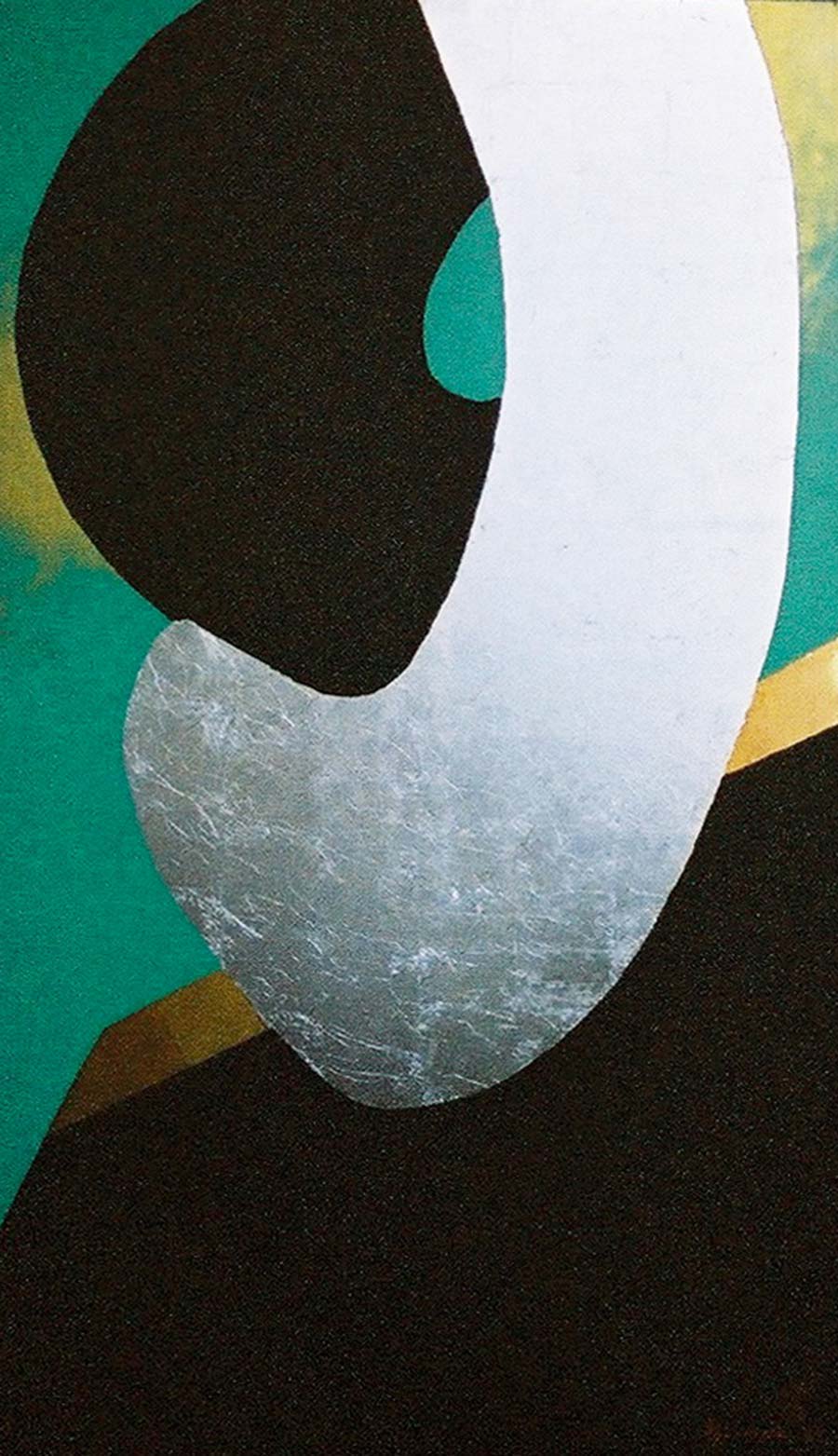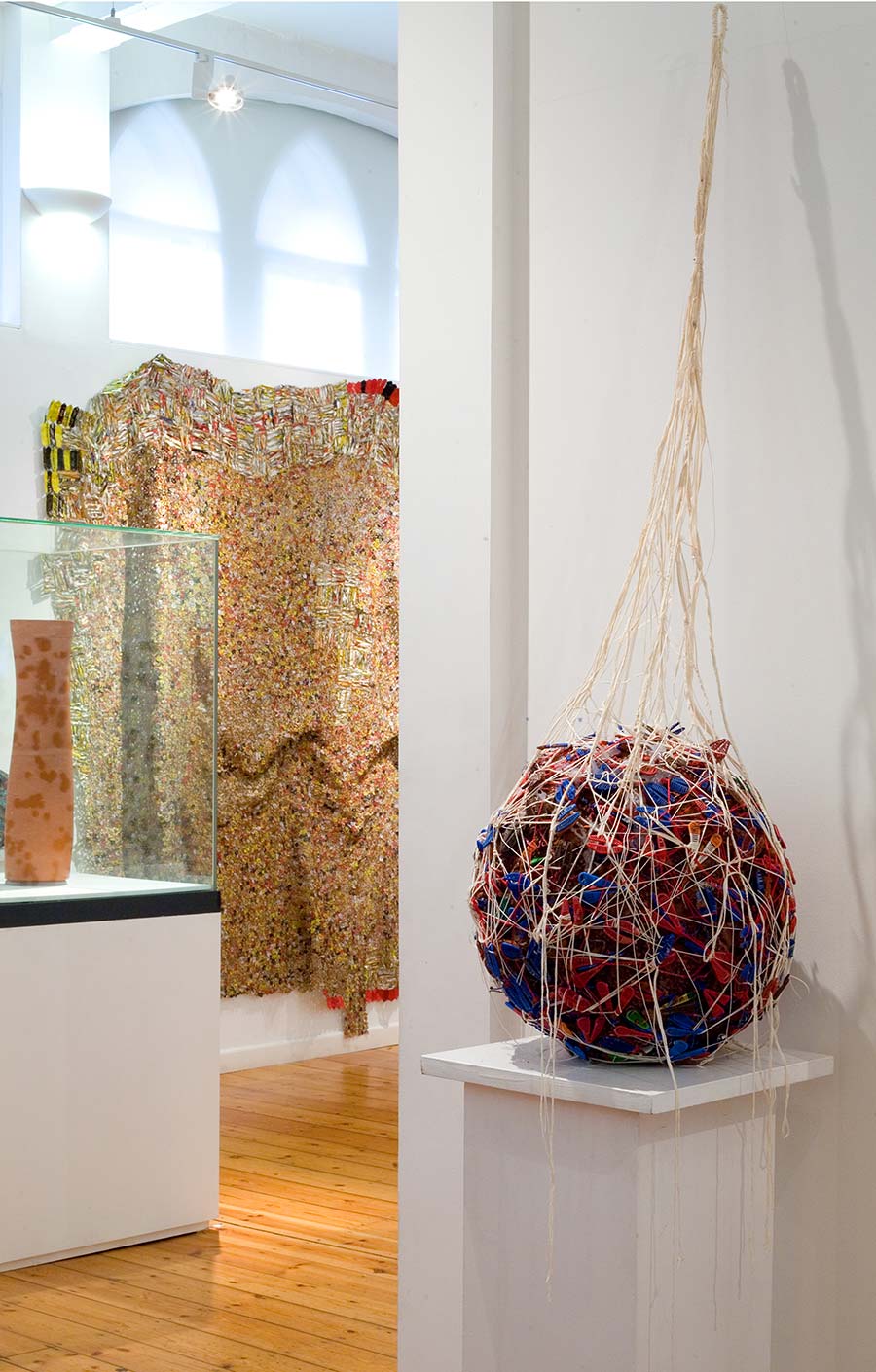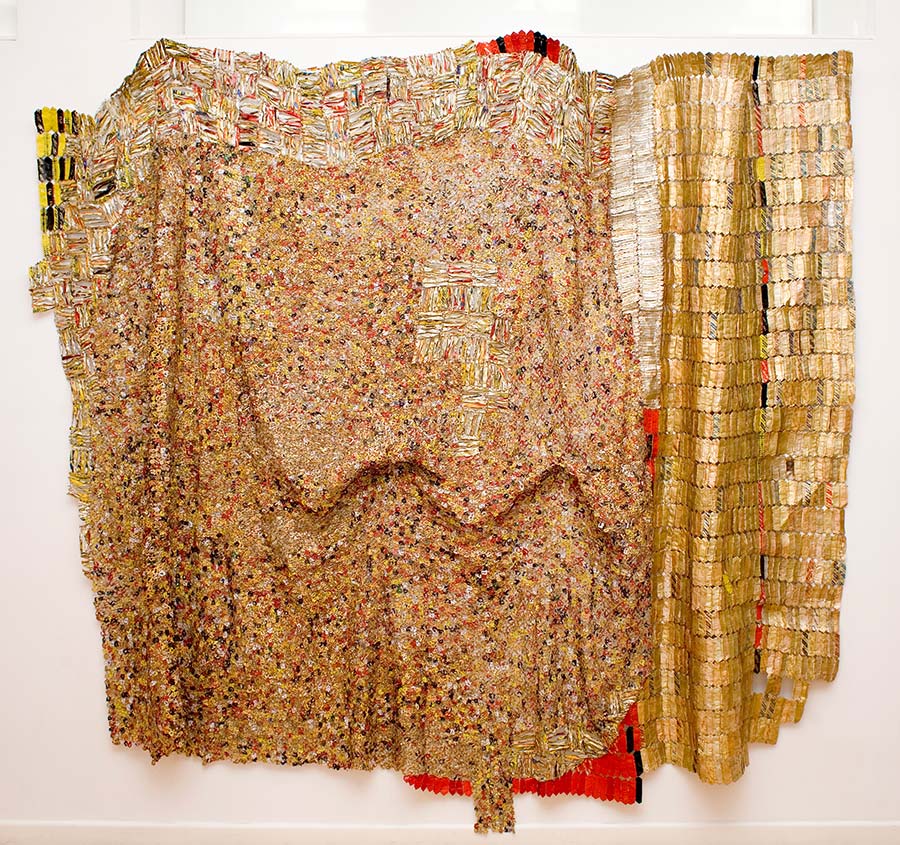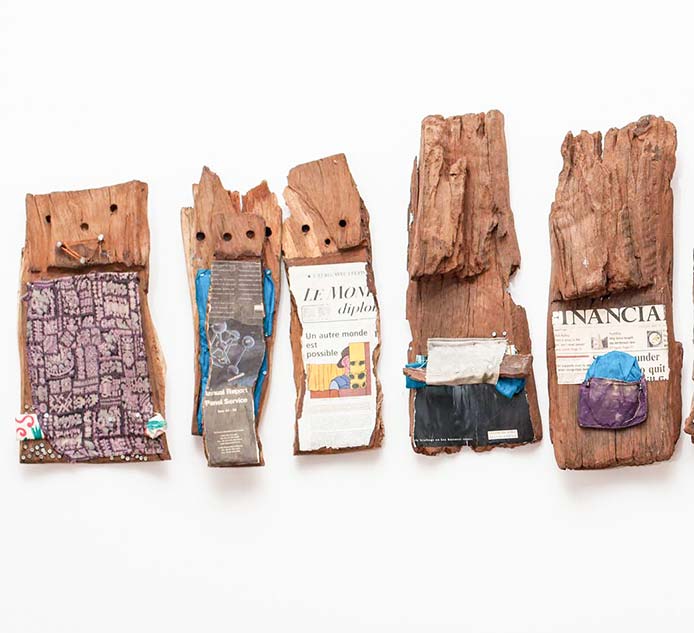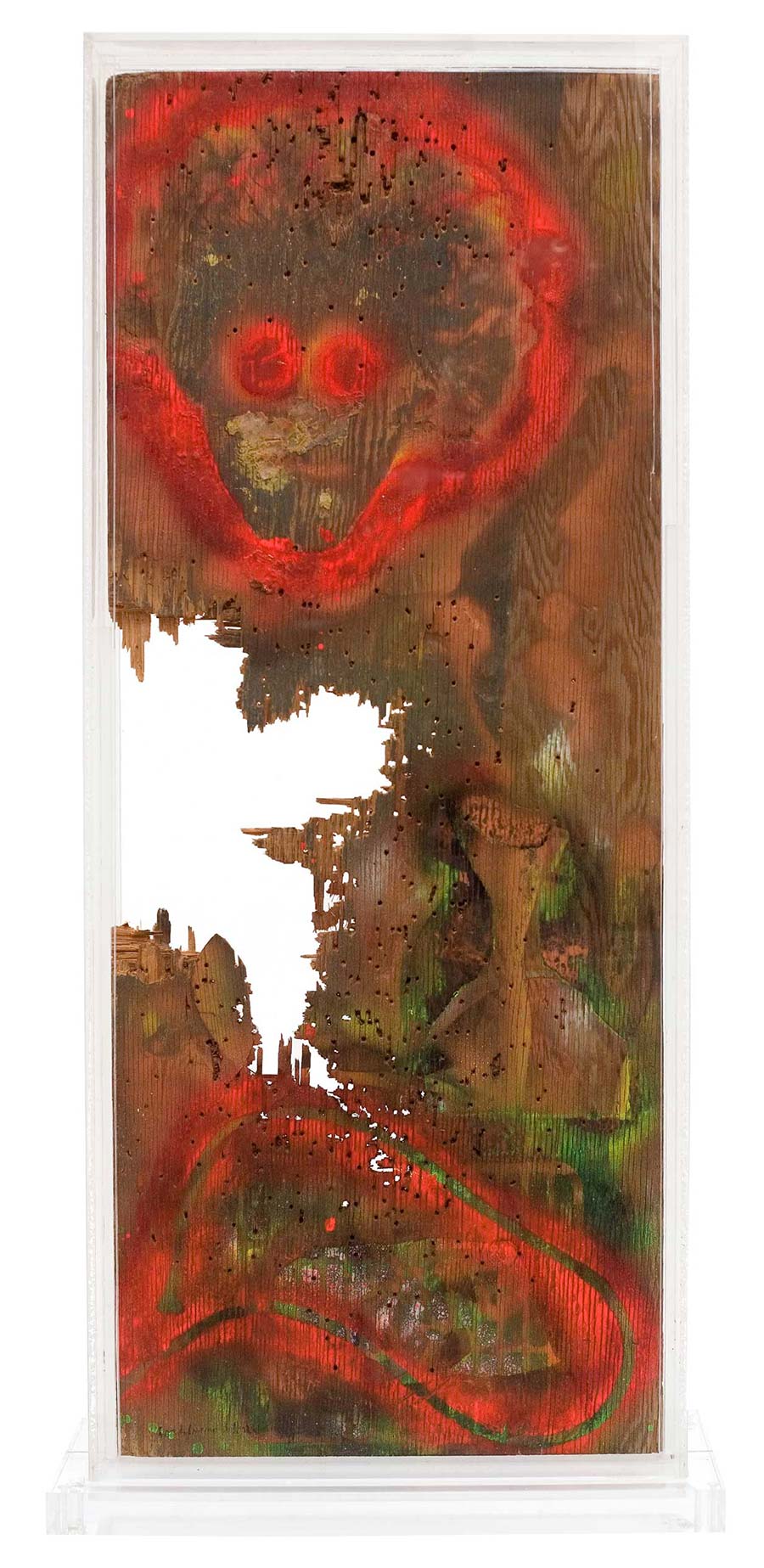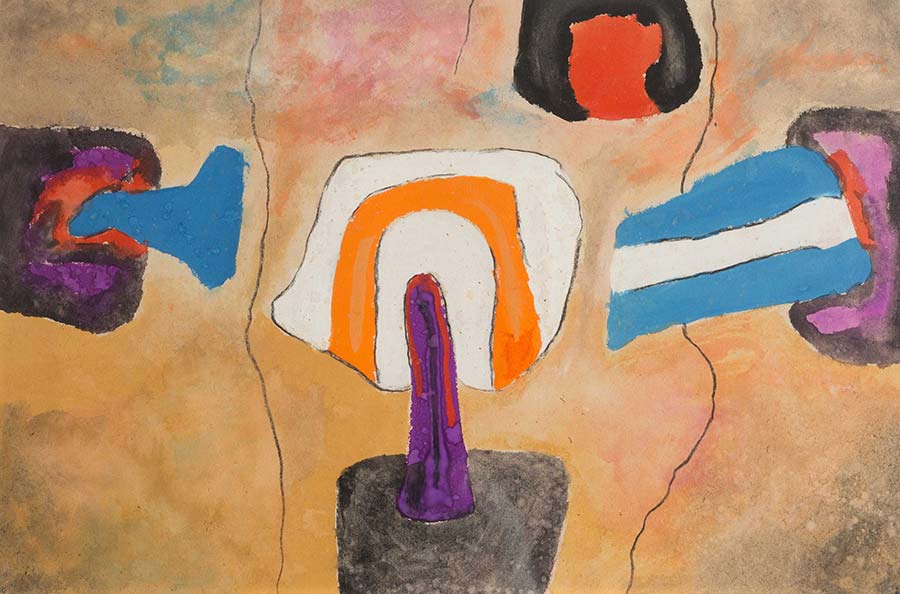EL ANATSUI
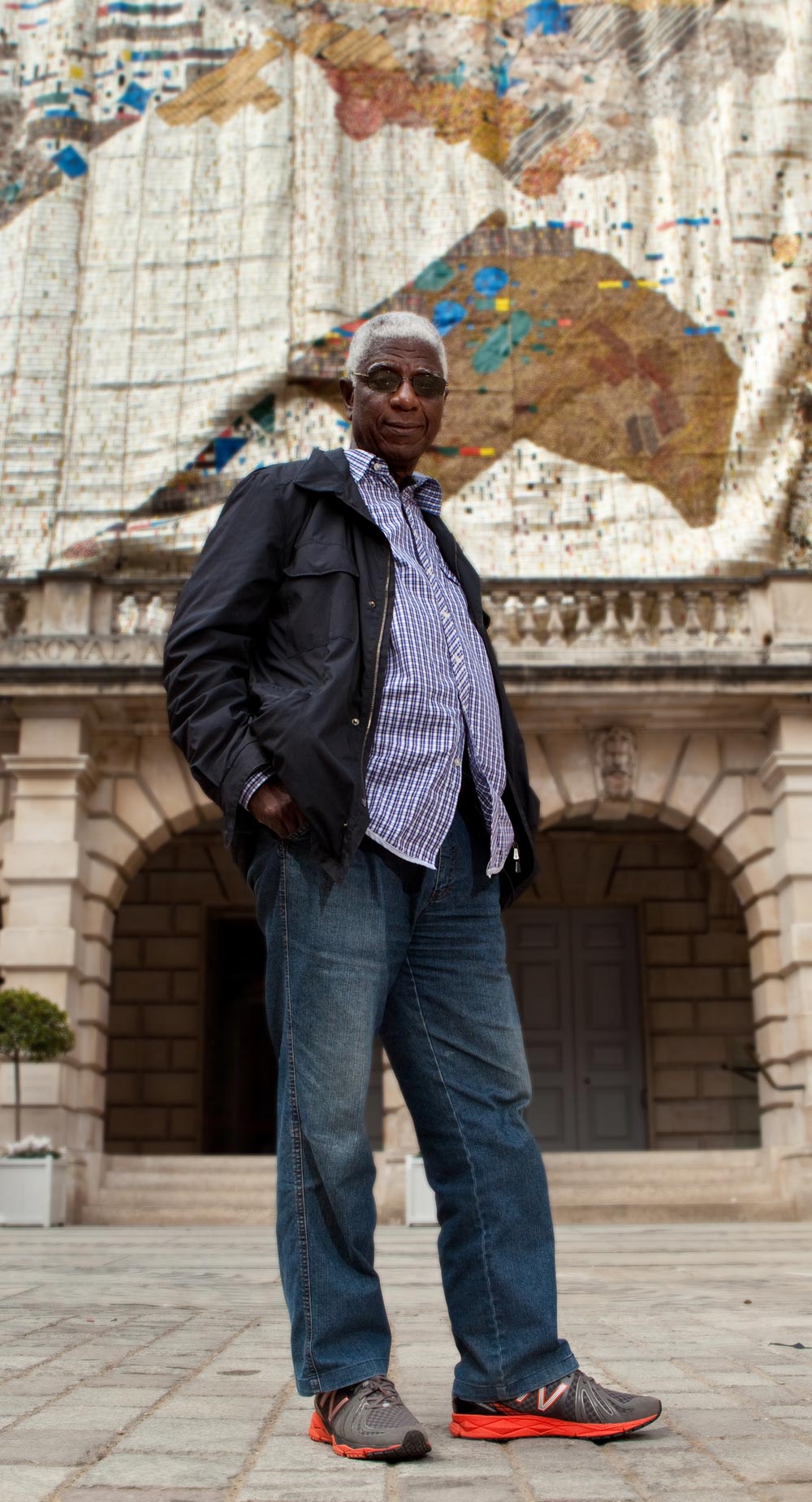
At the Royal Academy of Arts, 2013.
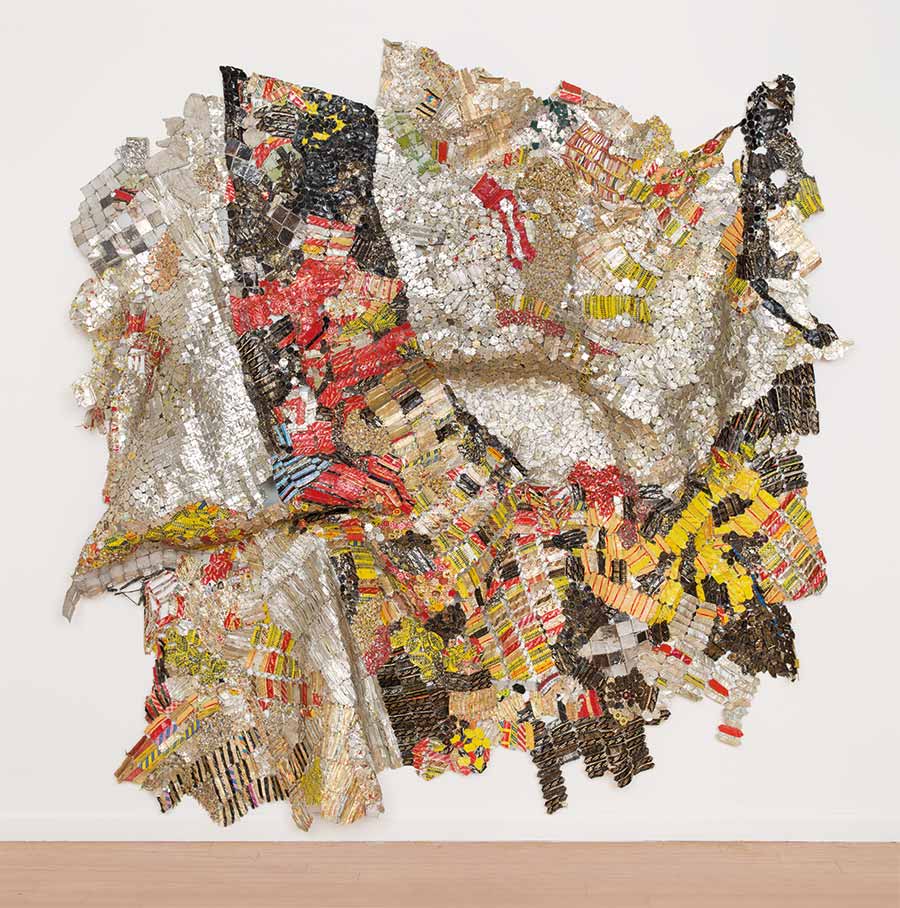
Aluminium and copper wire, 284 x 304 cm.
His installations have provoked wide international attention in recent years, with institutions and audiences fascinated by his sumptuous, mesmerising works made from thousands of aluminium bottle tops. During the 52nd Venice Biennale, in 2007, he transformed the façade of the Palazzo Fortuny by draping it in a shimmering bottle top sculpture, Fresh and Fading Memories. In 2010, two major touring shows of his work opened on opposite sides of the world; El anatsui: When I Last Wrote to You About Africa at the Royal Ontario Museum, Toronto, Canada (organised by the Museum for African Art, New York) and A Fateful Journey: Africa in the Works of El anatsui at the National Museum of Ethnology, Osaka, Japan. As part of the 2012 Paris Triennale, he transformed the entire façade of Le Palais Galliera, formerly known as the Musée de la Mode de la Ville de Paris, with his striking work, Broken Bridge. In 2013, the Brooklyn Museum, New York, exhibited the touring solo exhibition, Gravity and Grace: Monumental Works by El anatsui and the Royal Academy of Arts, London, presented the artist with the prestigious Charles Wollaston Award for his work, TSIATSIA – searching for connection, 2013, which covered the entire façade of the RA building. The major survey exhibition Five Decades, which in 2015 premiered at The School (Jack Shainman), Kinderhook, New York, toured to Carriageworks (in association with Sydney Festival), Sydney, Australia, in 2016. A major new work Kindred Viewpoints enveloped the façade of El Badi Palace during the 2016 Marrakech Biennale. In 2019, the monumental wall-hanging TSIATSIA – searching for connection, was installed in the atrium of Zeitz MOCAA, Cape Town. The same year, the largest survey exhibition of El anatsui's work to date Triumphant Scale was presented at the Haus der Kunst, Munich Germany, (the exhibition toured to Mathaf: Arab Museum of Modern Art, Doha, 2019; and Kunstmuseum Bern, 2020) and the artist's works were featured in Ghana's first National Pavilion at the 58th Venice Biennale. In 2020, the exhibition En quête de liberté (In Search of Freedom) was shown at the Conciergerie, Paris. The central installation in the exhibition was a collaboration between the artist and Factum Arte. Scottish Mission Book Depot Keta was exhibited at Talbot Rice Gallery, The University of Edinburgh, Edinburgh, in 2024 followed by, in 2025, the simultaneous exhibition El anatsui: ‘Go Back and Pick’ at October Gallery and Goodman Gallery London.
Recent commissions include Visitation, Museum of Fine Arts, Houston, TX, 2020; El anatsui: Behind the Red Moon, Tate Modern, London 2023-24, travelled to Museum of Art Pudong, Shanghai, China, as El anatsui: After the Red Moon, 2024-25; Philadelphia Museum of Art, Philadelphia, PA, 2024. For the 2025-26 season, El anatsui designed XOHANAMI, the Safety Curtain commission for museum in progress and the Vienna State Opera.
In 2015, Anatsui was awarded the Golden Lion for Lifetime Achievement at the Venice Biennale. He was the recipient of the Charles Wollaston Award, on the occasion of the installation of TSIATSIA-searching for connection, on the façade of the Royal Academy of Arts, London, UK in 2013. And in 2017, he was honoured with the Praemium Imperiale Award for Sculpture, Japan’s highest award for the Arts.
In an interview with October Gallery, El anatsui noted, "The amazing thing about working with these metallic 'fabrics' is that the poverty of the materials used in no way precludes the telling of rich and wonderful stories."
For sales enquiries please contact: Or call + 44 (0)20 7242 7367
View below for career highlights and works for sale by the artist.
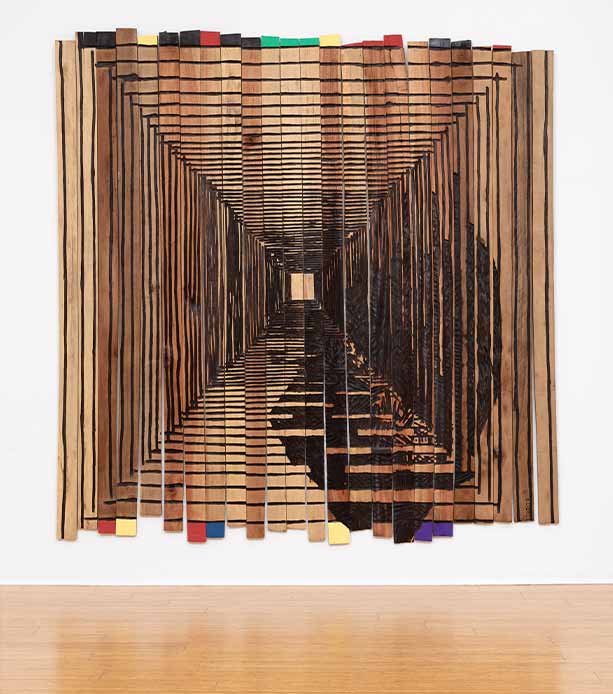
Tropical hardwood and tempera, 244 x 244 cm.
October Gallery and Goodman Gallery London are proud to present 'Go Back and Pick', an exhibition in two parts by El anatsui, widely regarded as one of the most influential contemporary artists working today. Anatsui's new wooden sculptures mark a significant moment in his artistic trajectory, evolving from his foundational use of the medium during the 1980s and 1990s. These twin exhibitions of Anatsui's most recent work underscore his major presence in the much-anticipated Nigerian Modernism exhibition at Tate Modern, opening 8th October, 2025.
El anatsui's internationally renowned sculptural practice continues to challenge the way we look at sculpture today. In the London exhibitions, his focus is on wood, his original and primary material. 'Go Back and Pick'presents a new series of wall-mounted sculptures, which evolve from the planar wooden reliefs that characterised his art in the 1980s and 1990s.
From the outset, Anatsui has always insisted on what he calls "the non-fixed form", the broad range of freedoms to be discovered in his sculpture. The modular nature and flexibility of the panel pieces allow for a range of spatially adaptive reconfigurations to the hanging sequence. Rather than having a fixed and final form, each panel piece can be rearranged at will to offer alternative combinations. As renowned scholars Okwui Enwezor and Chika Okeke-Agulu note, "the form-shape and surface-colour compositions are potentially free to be manipulated […] uninhibited by whatever might have been the artist's original composition."



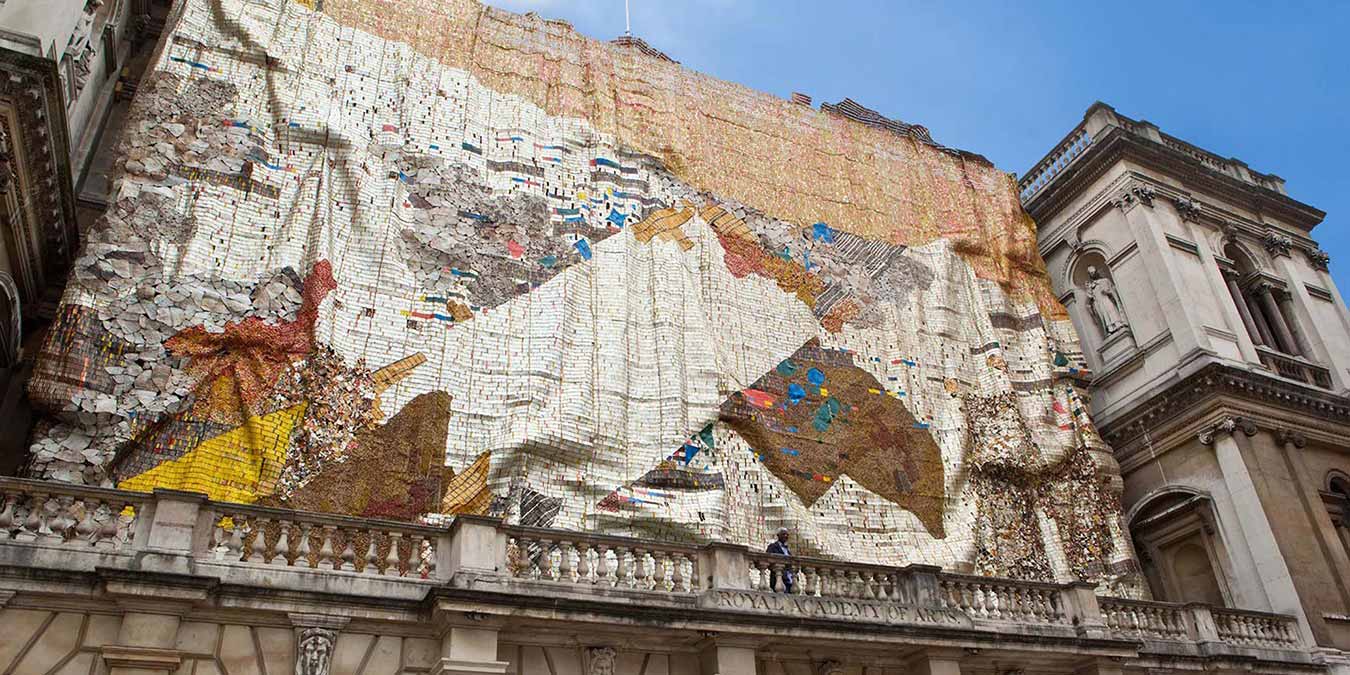
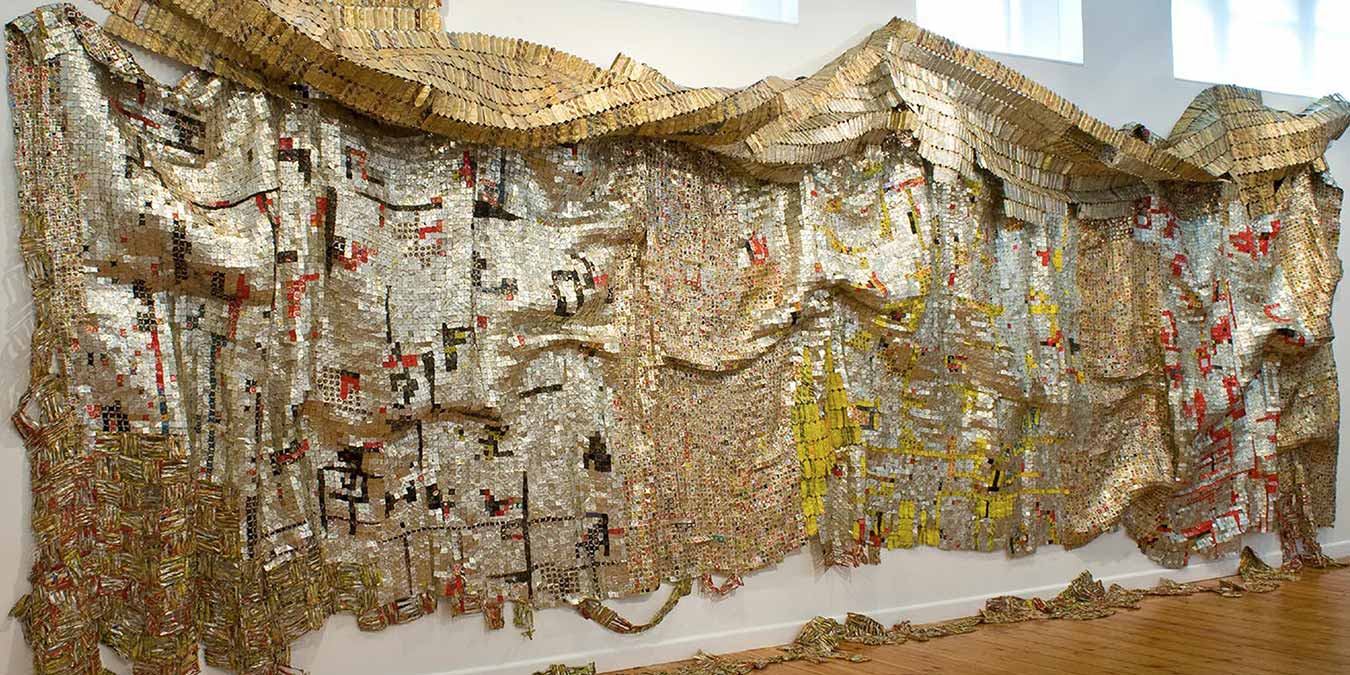
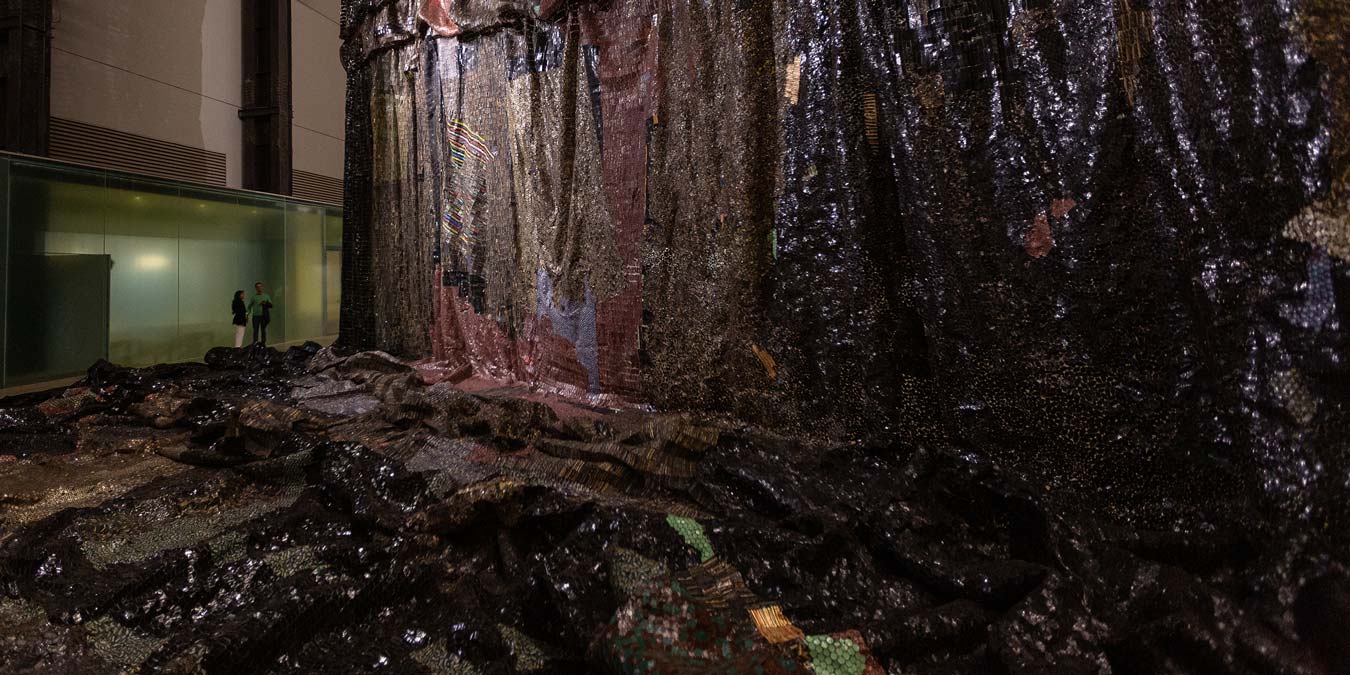
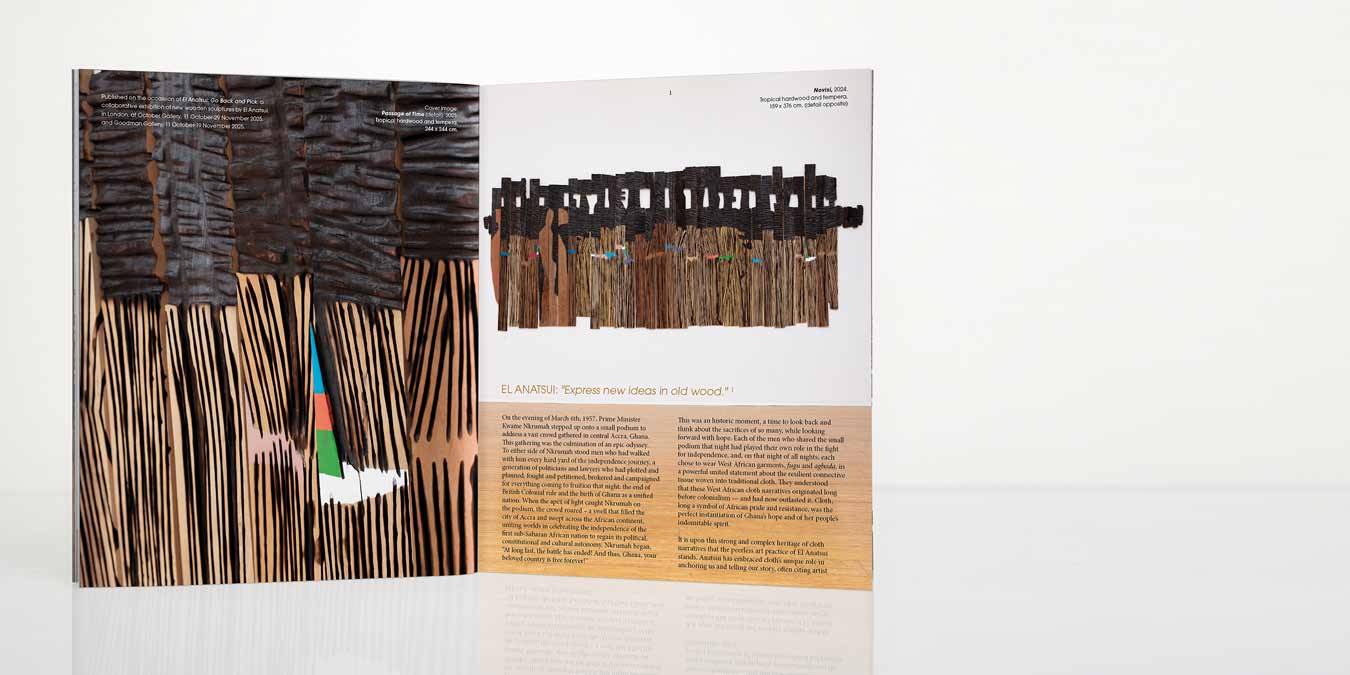
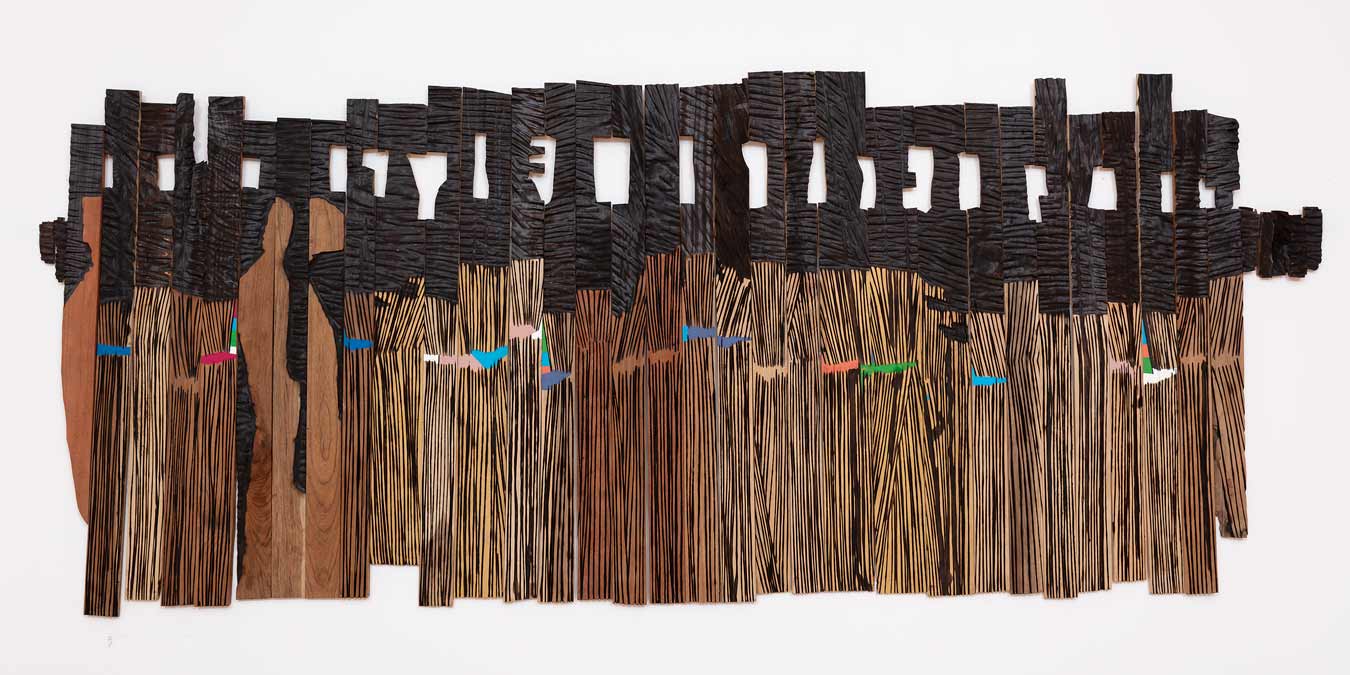
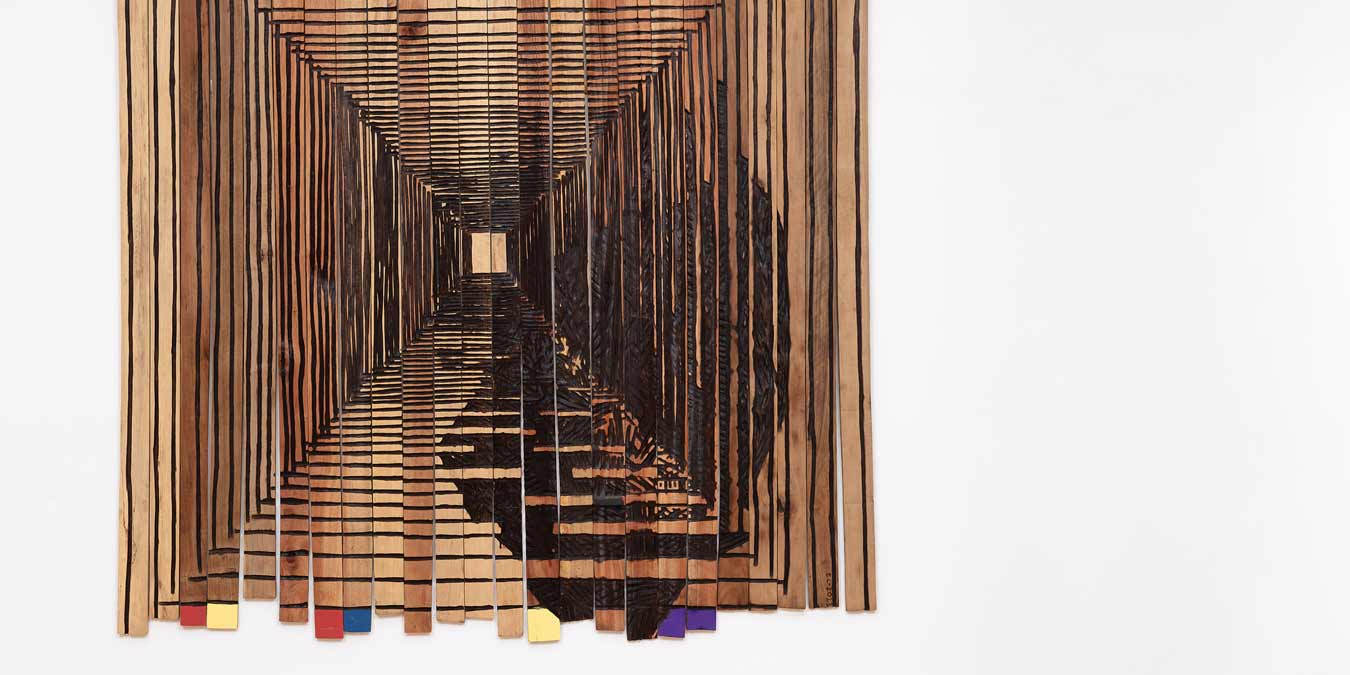






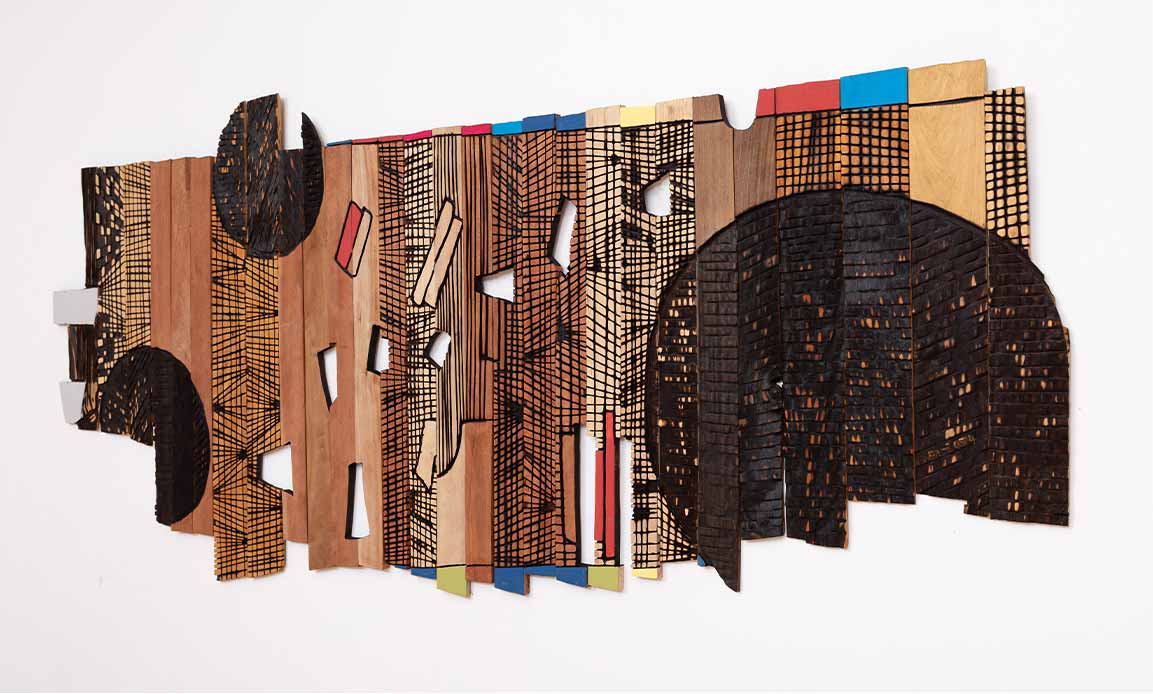
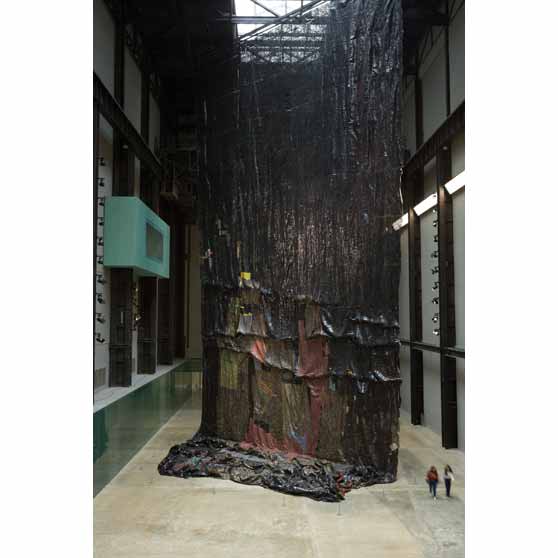
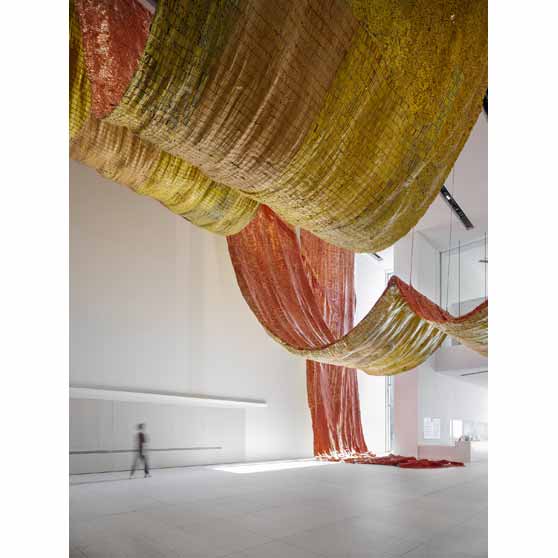
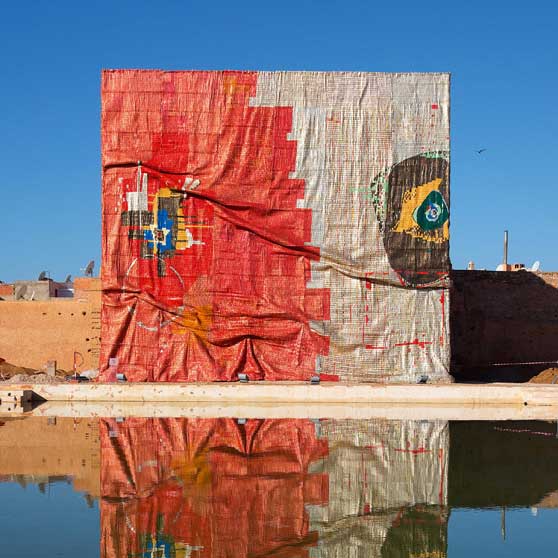
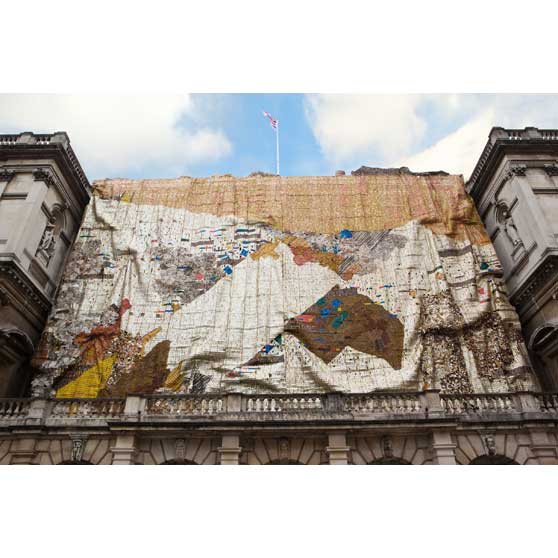
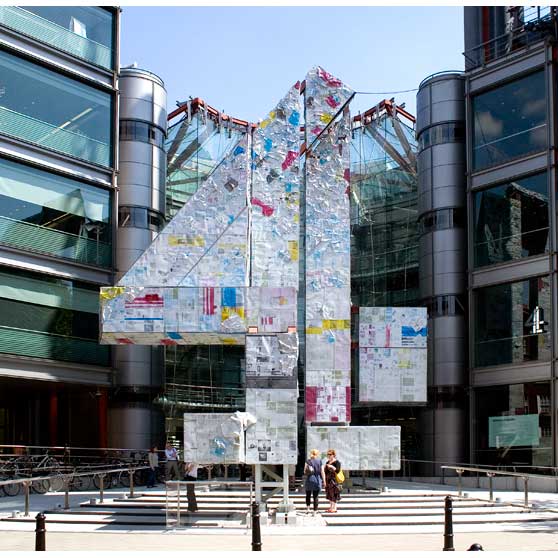
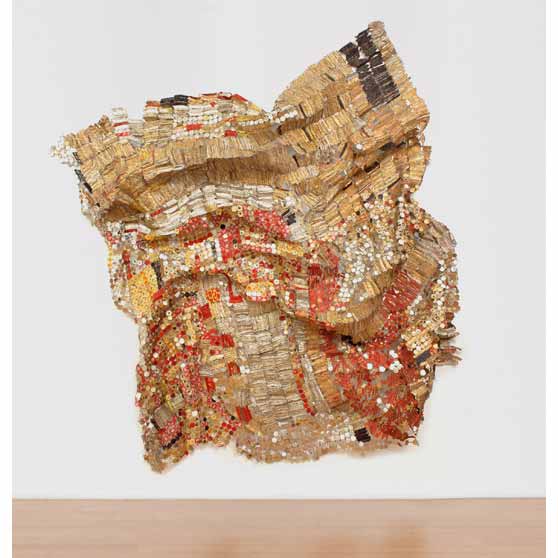
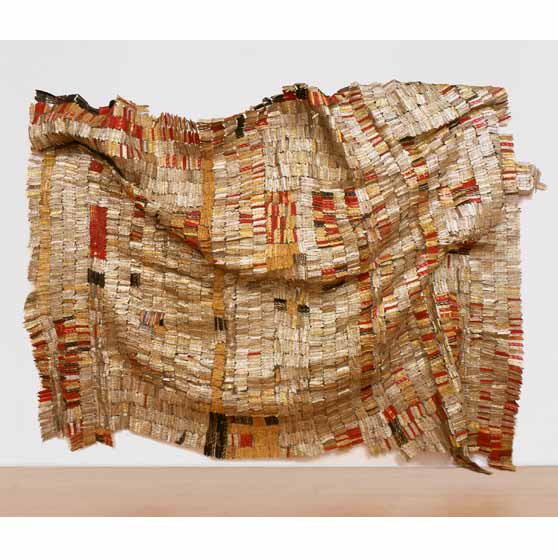
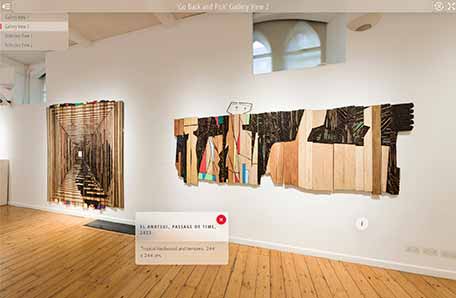
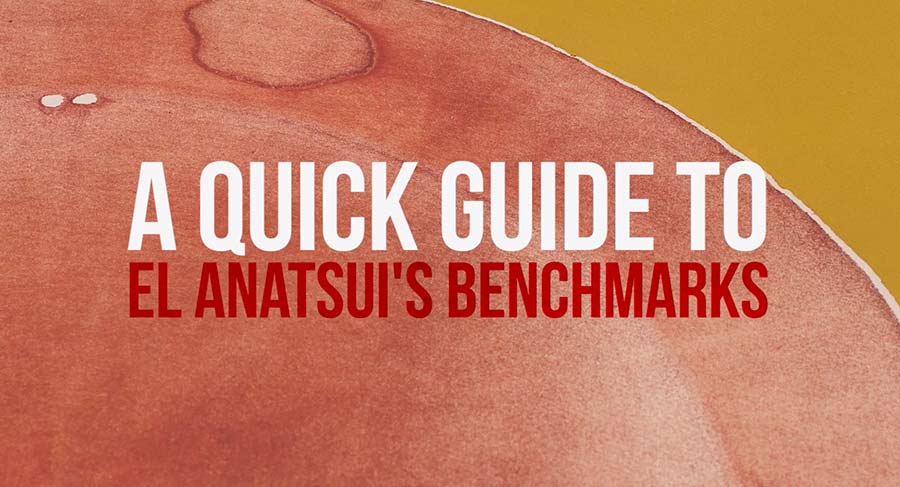
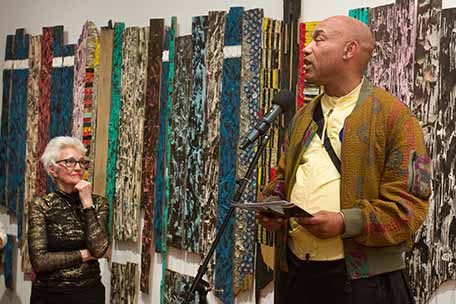
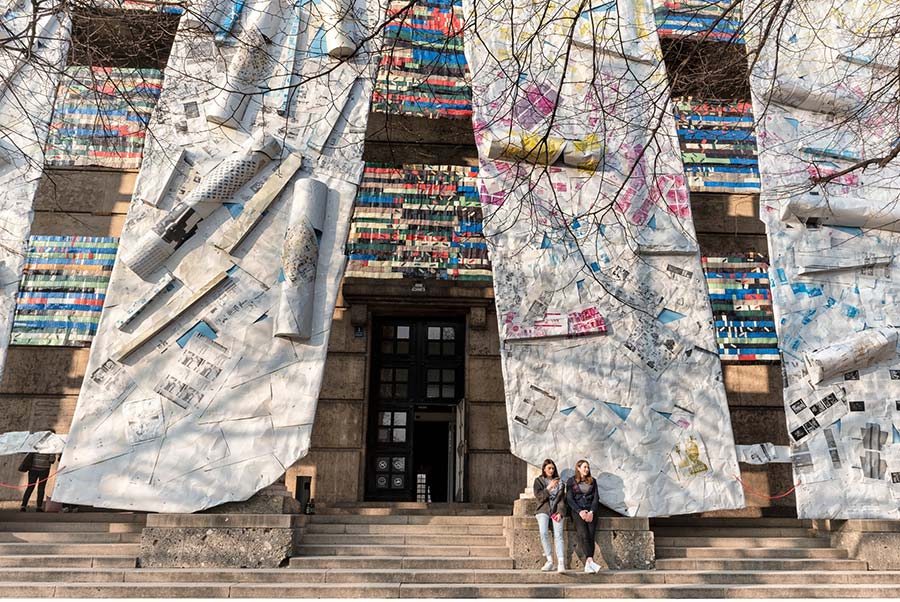
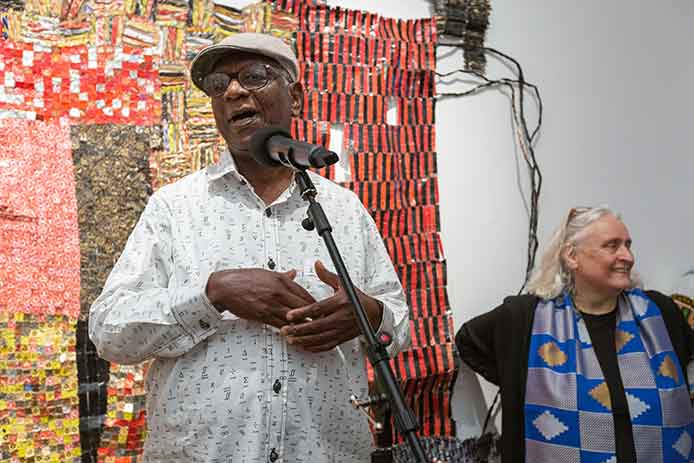
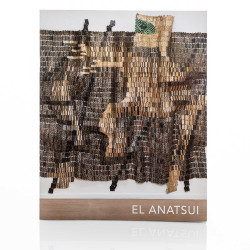


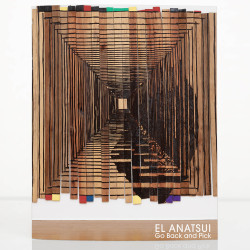


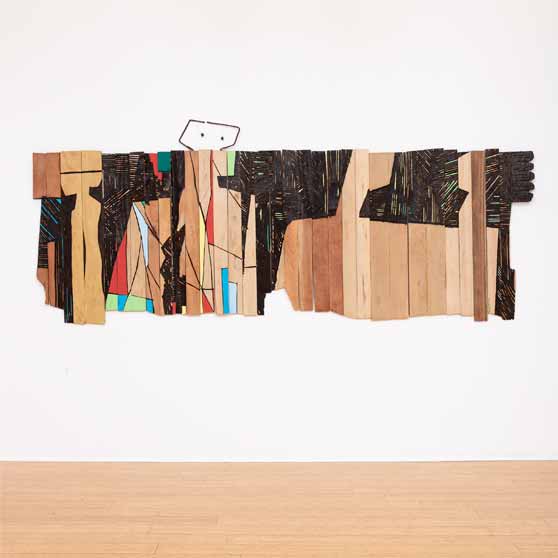
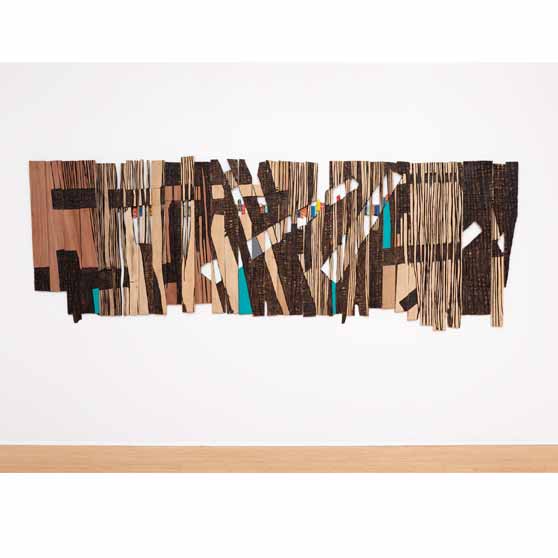
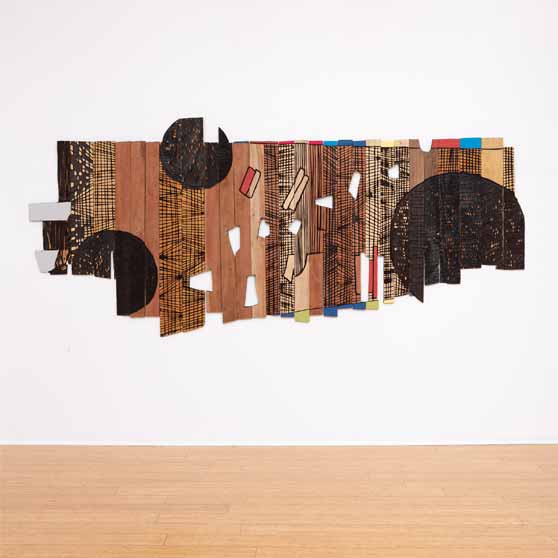
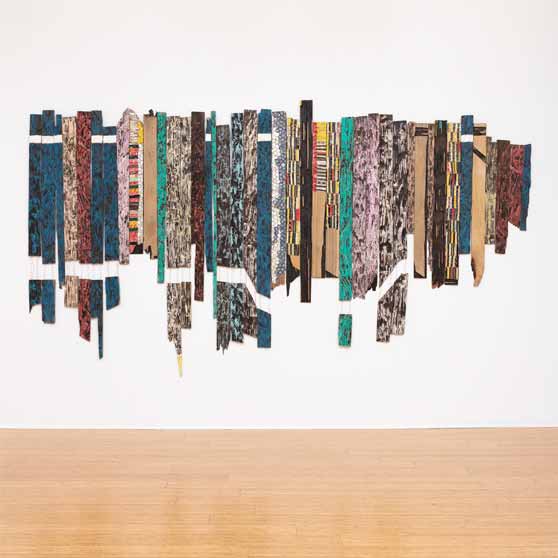
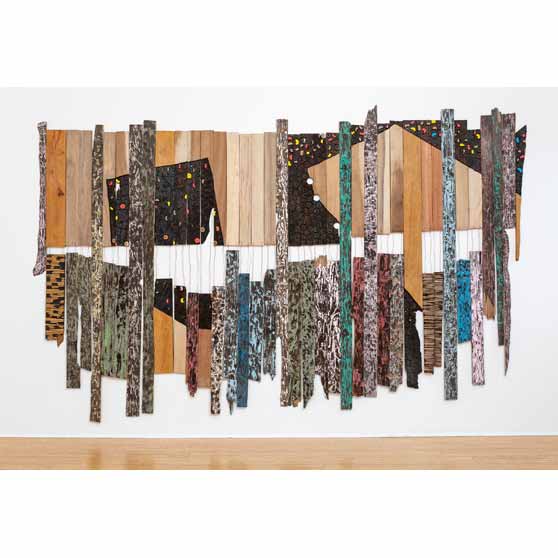
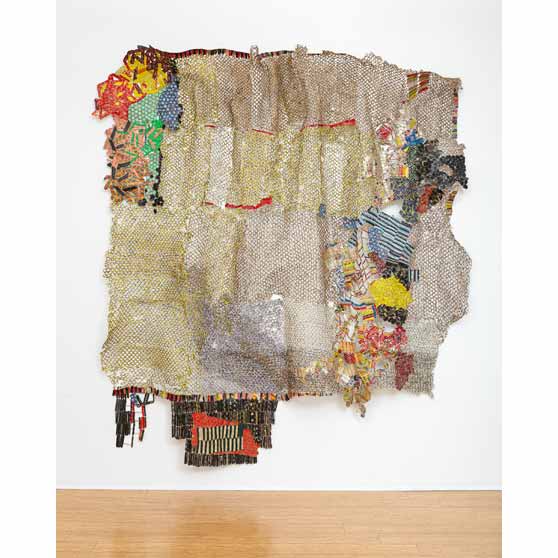
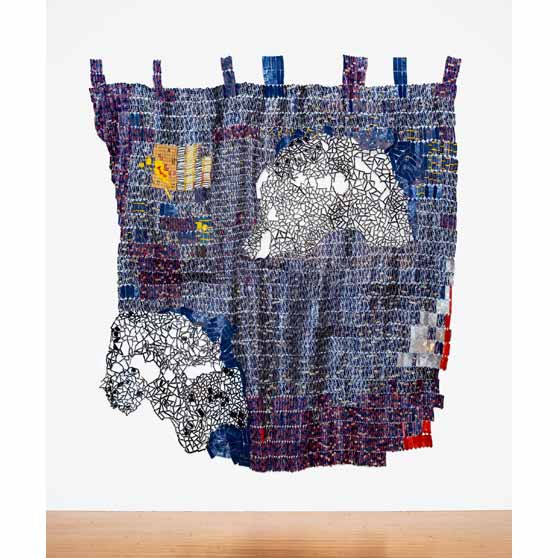
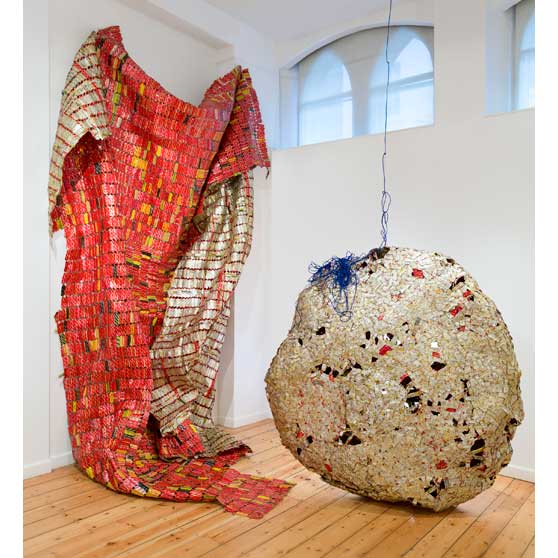
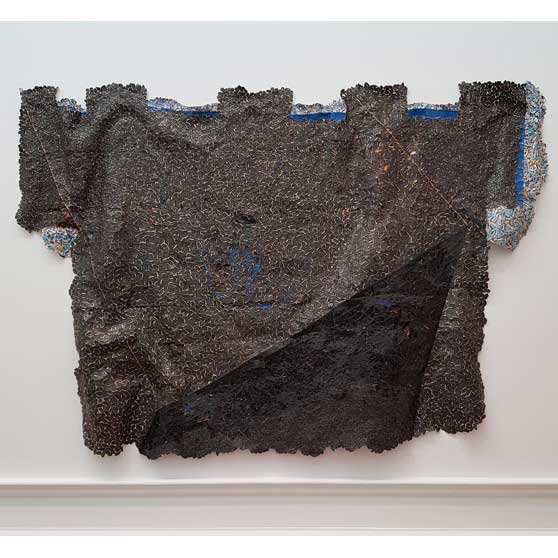
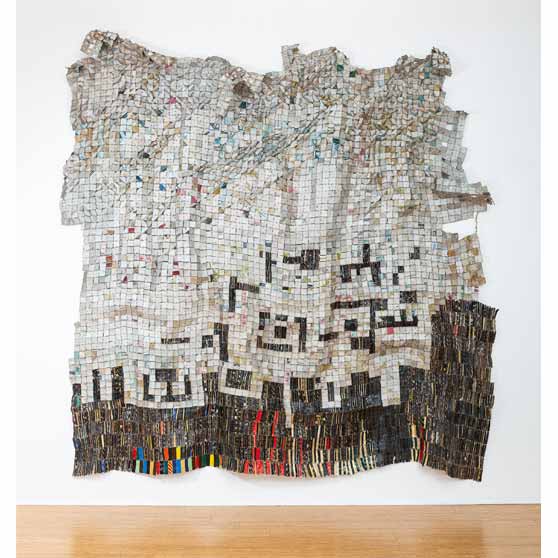

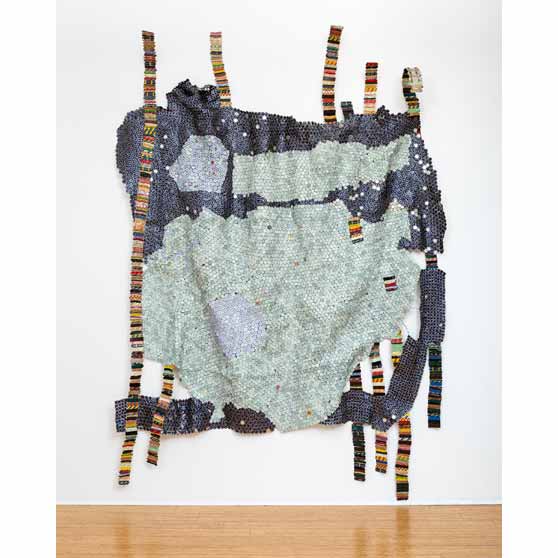
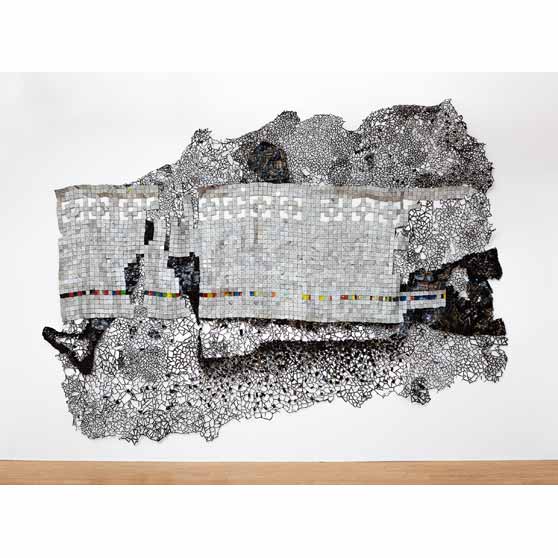
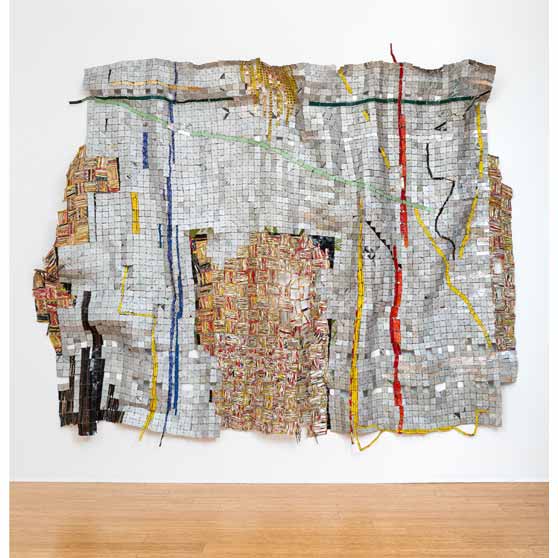
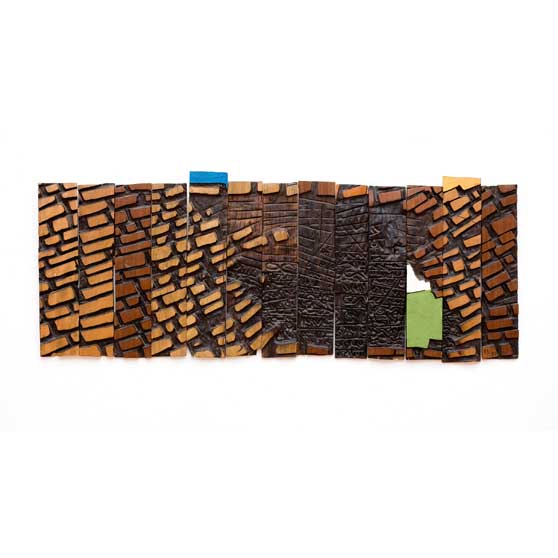
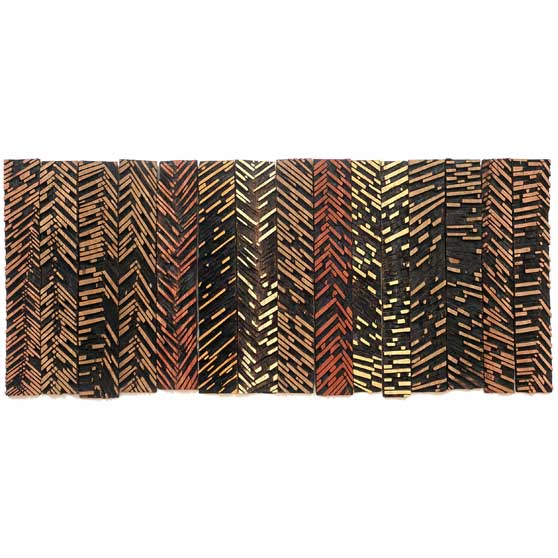
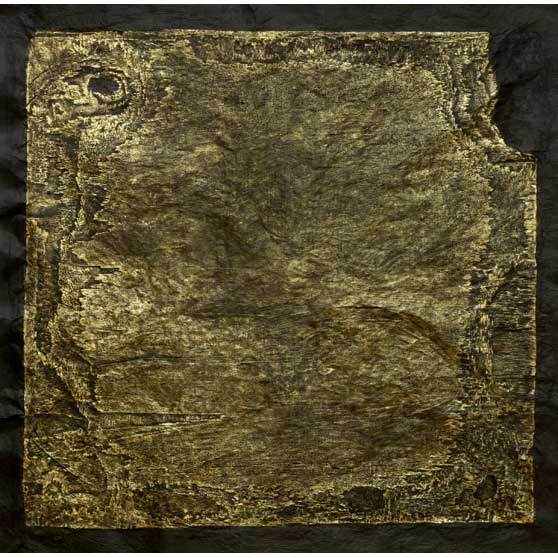
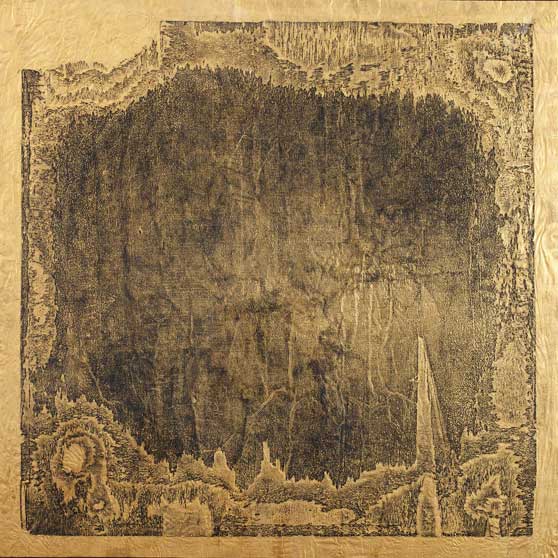
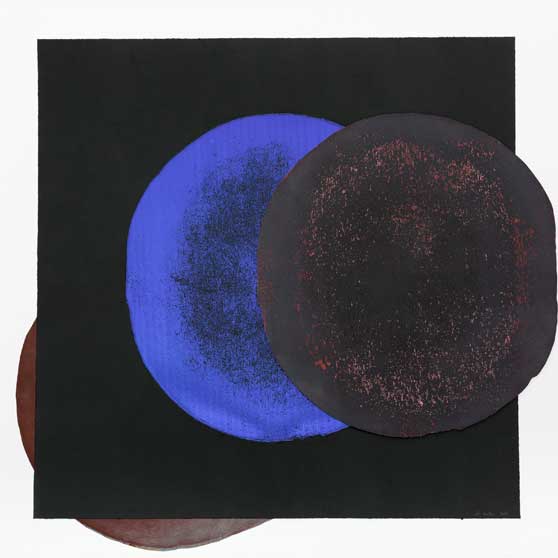
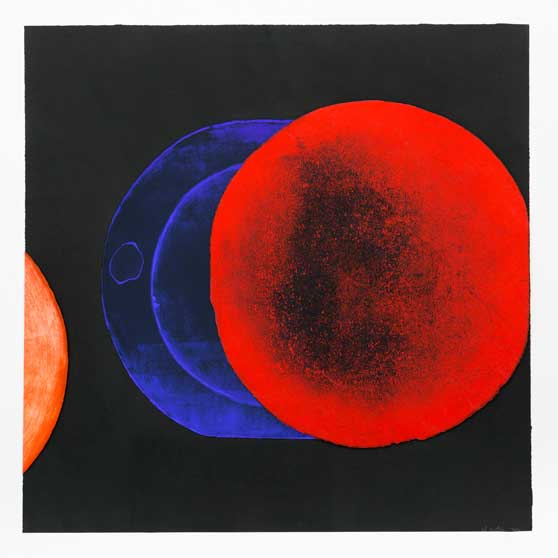
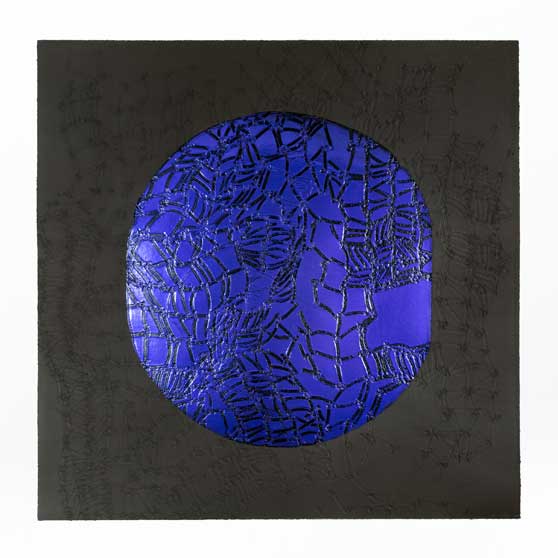
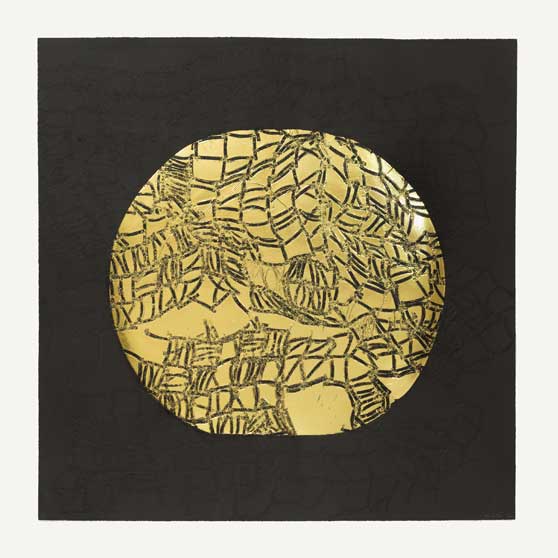
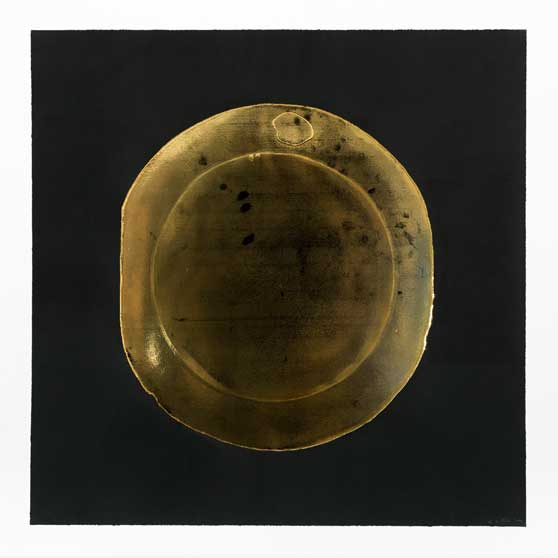
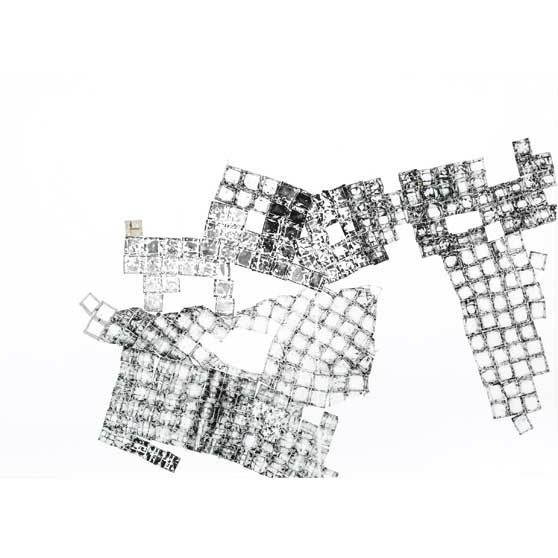
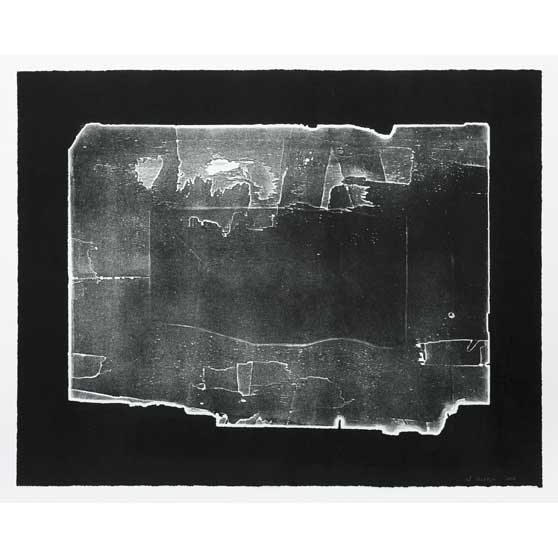
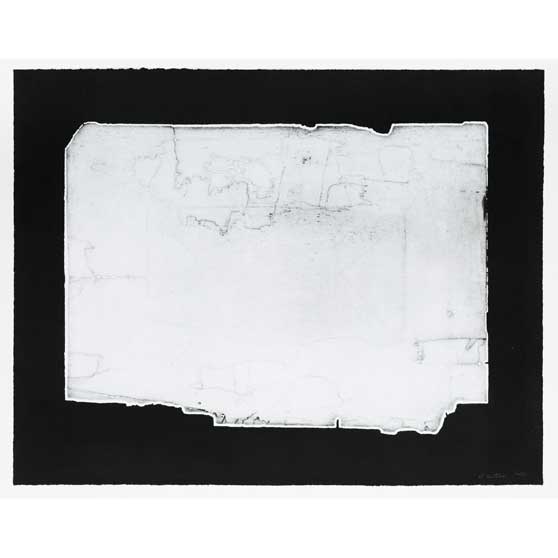


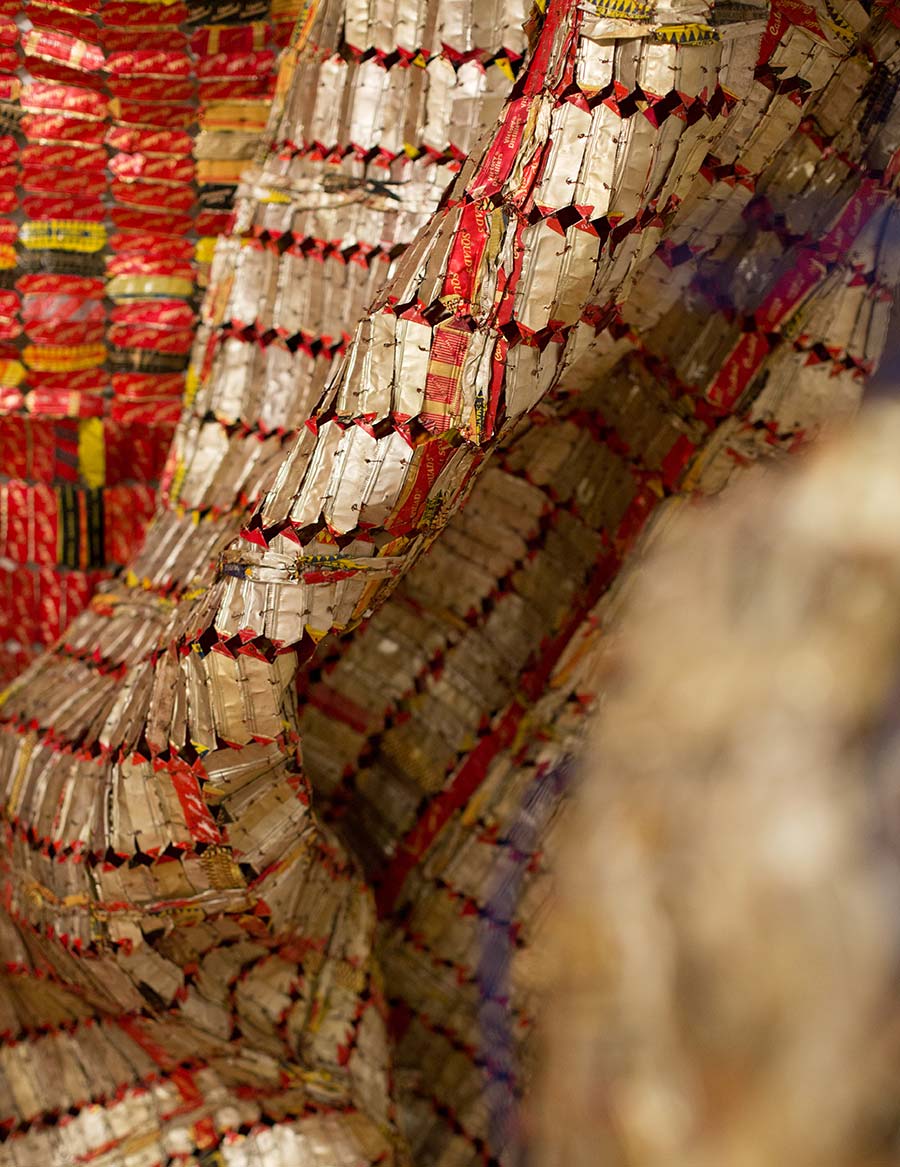
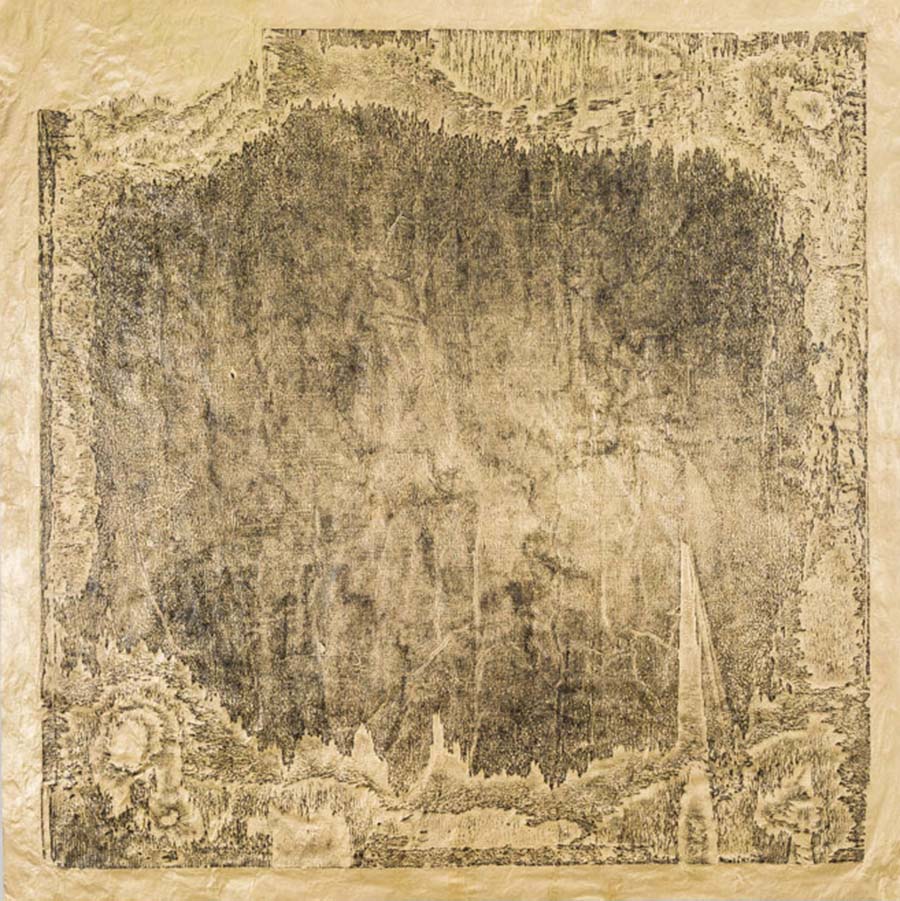
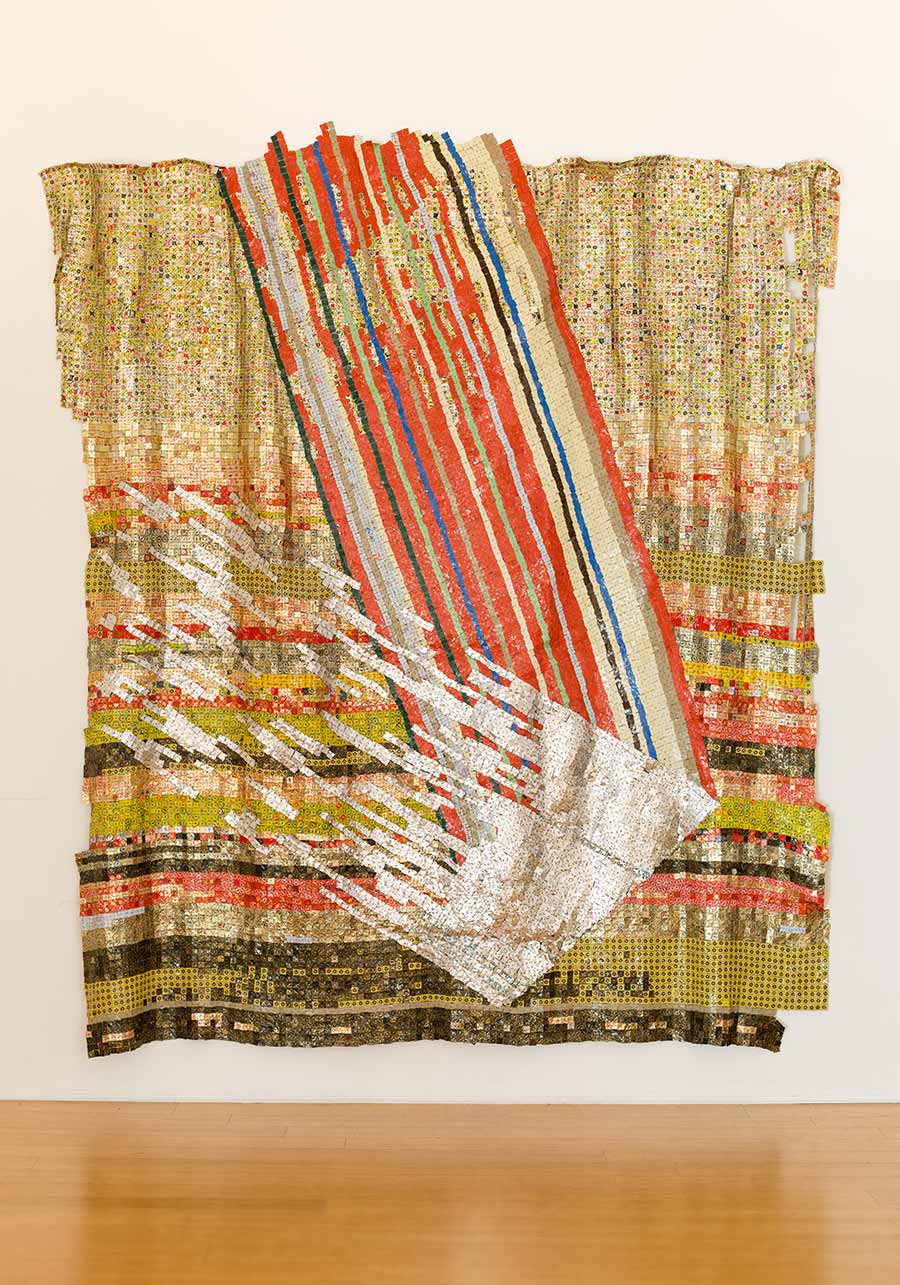
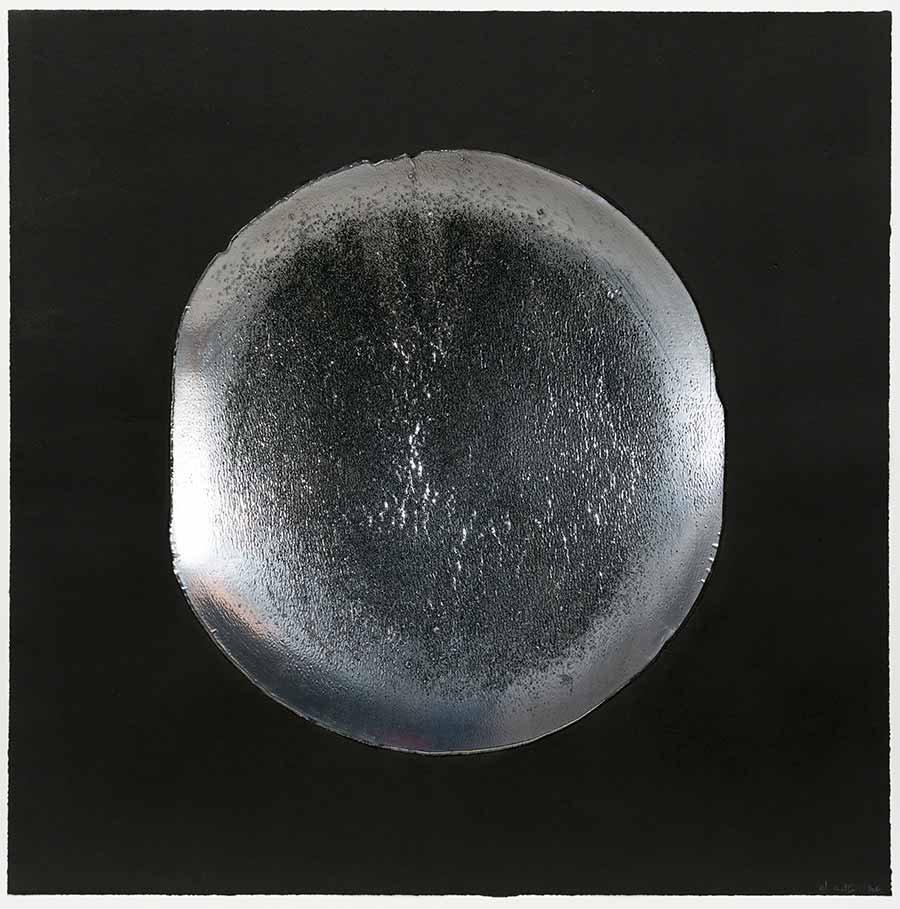
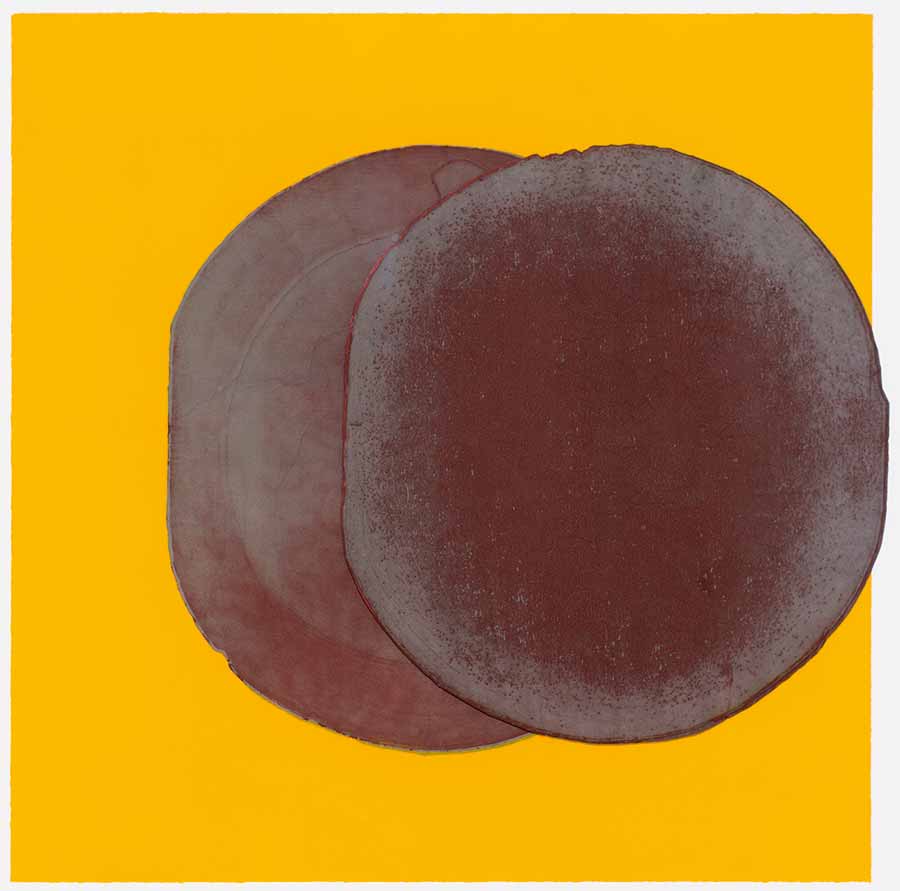
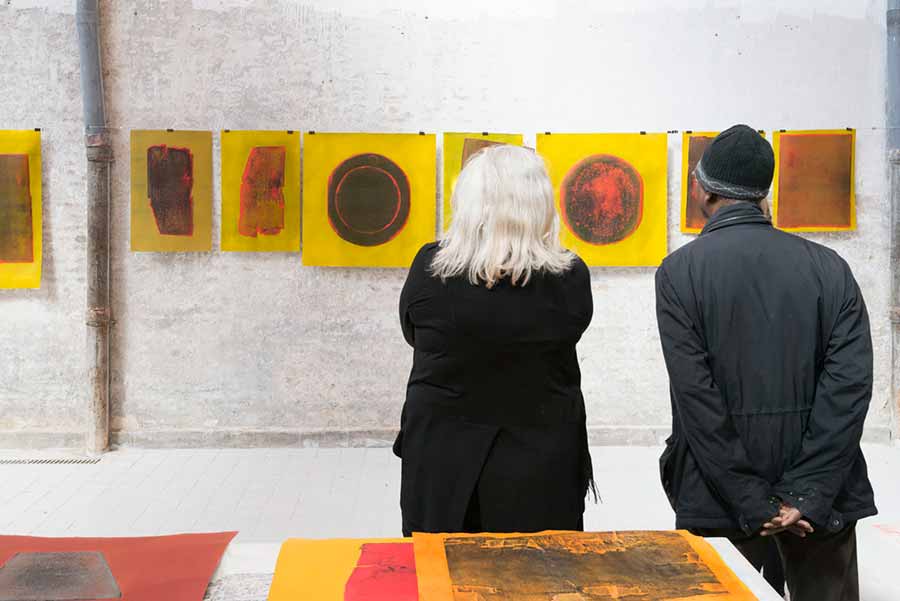
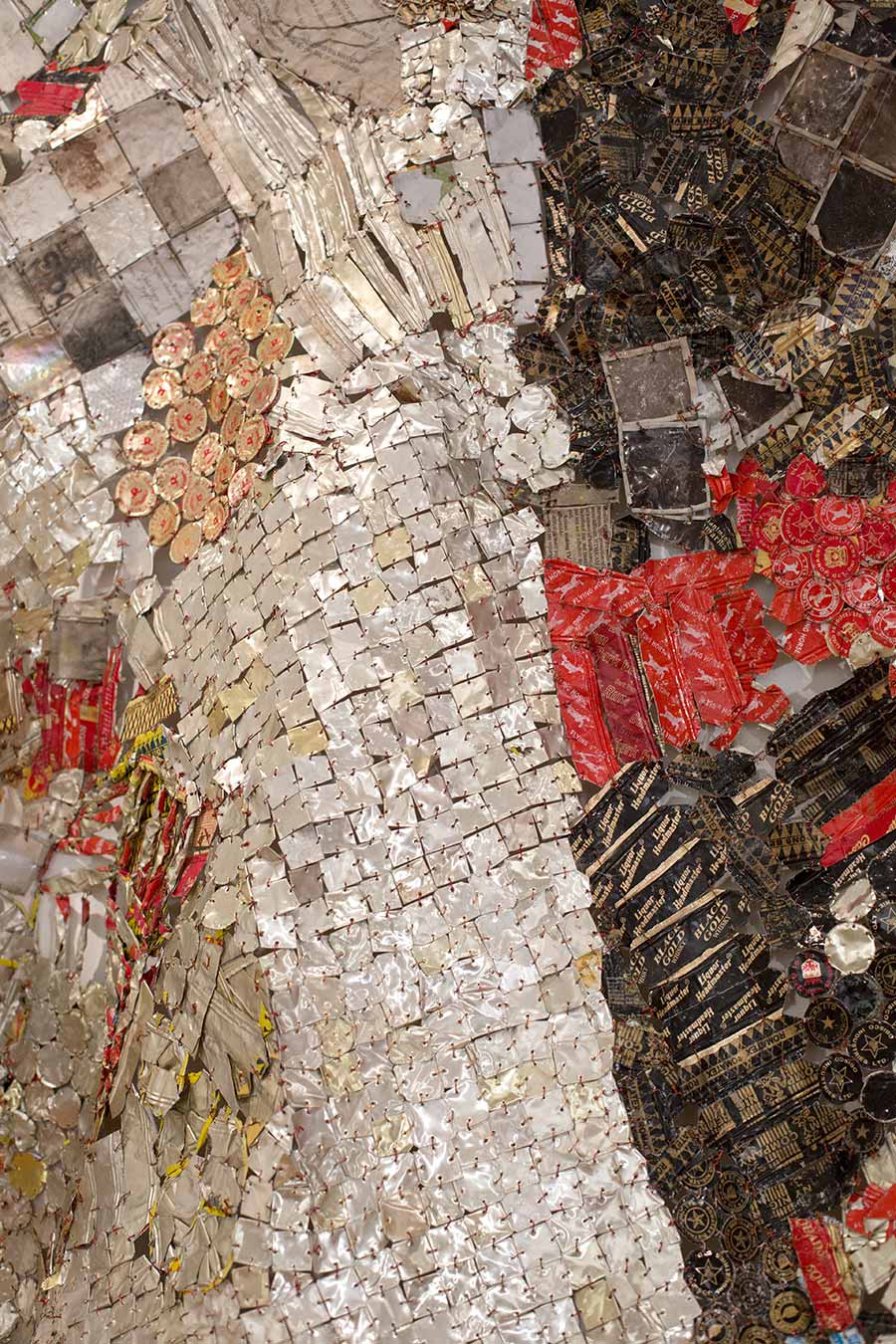
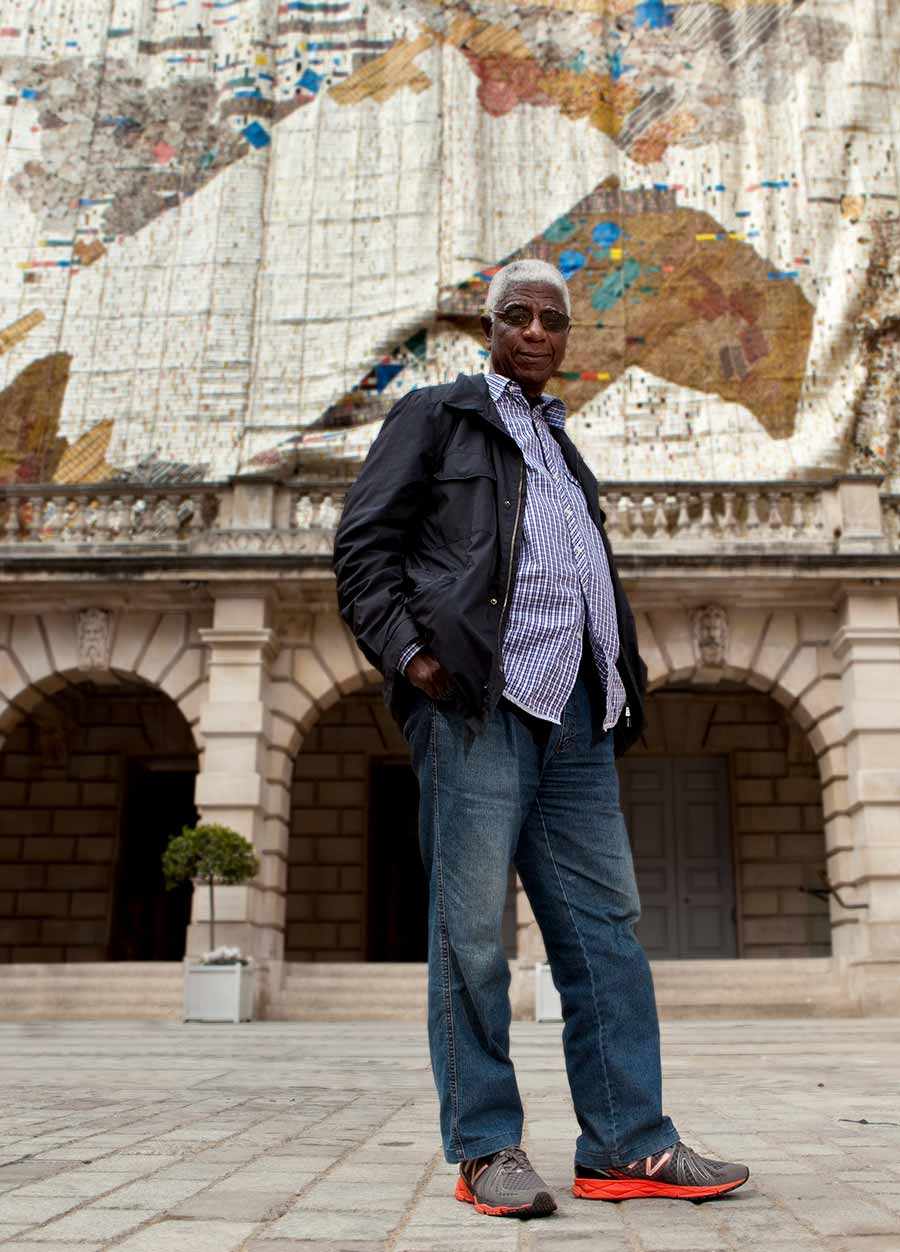
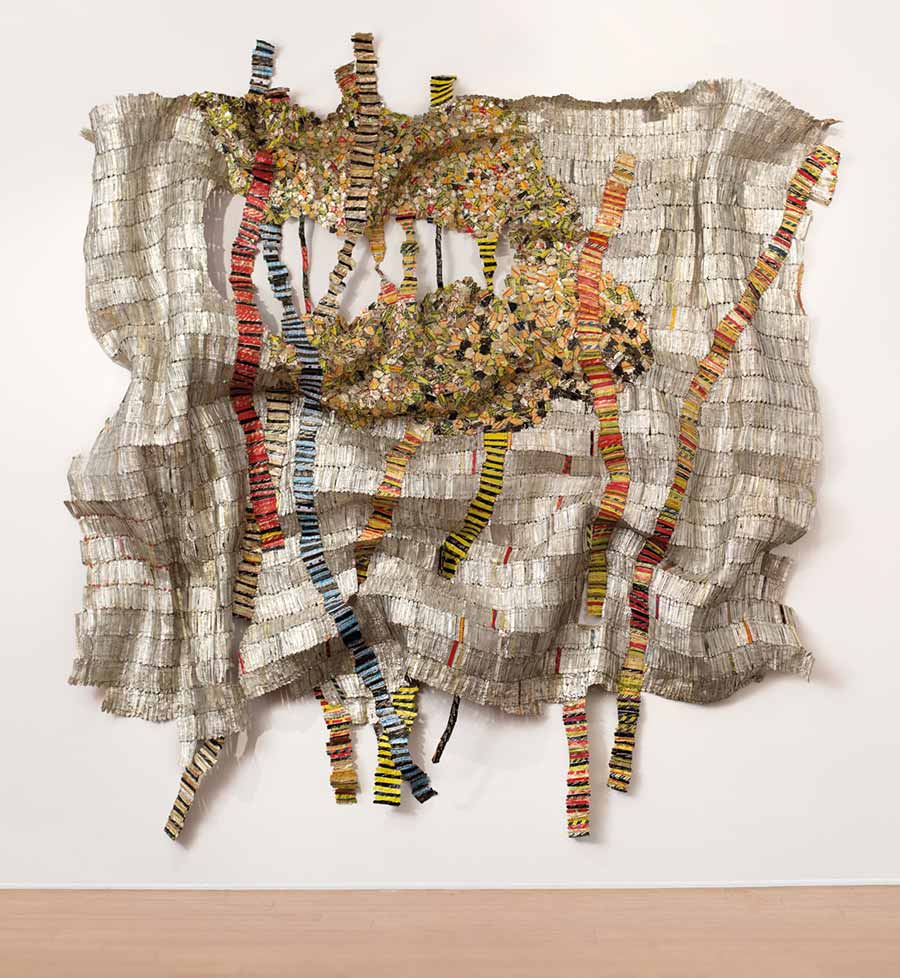
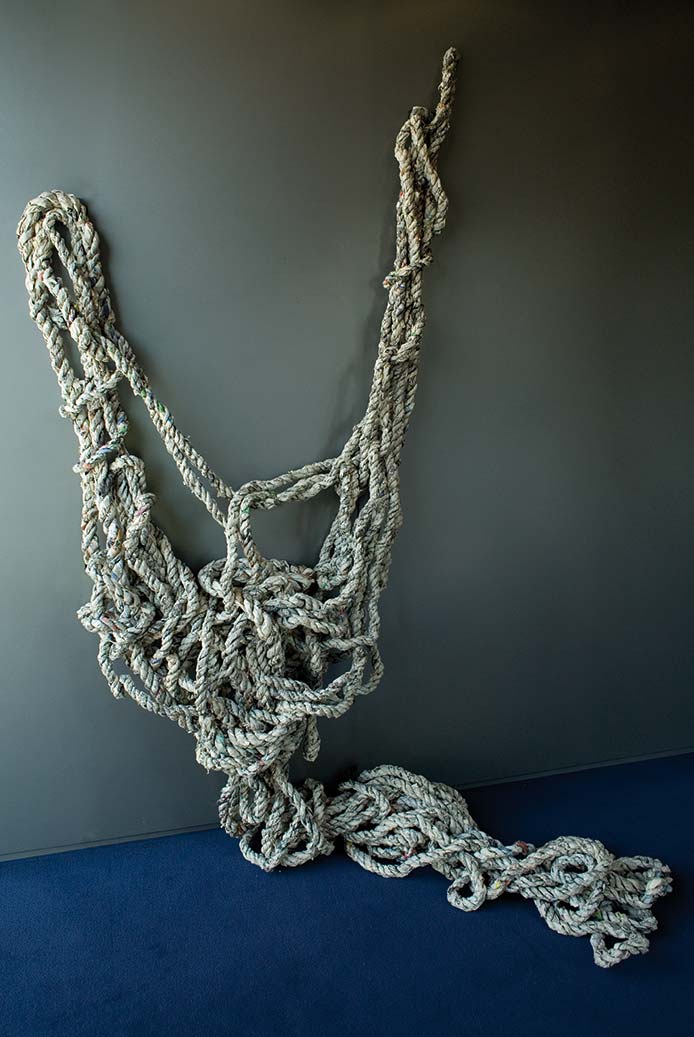
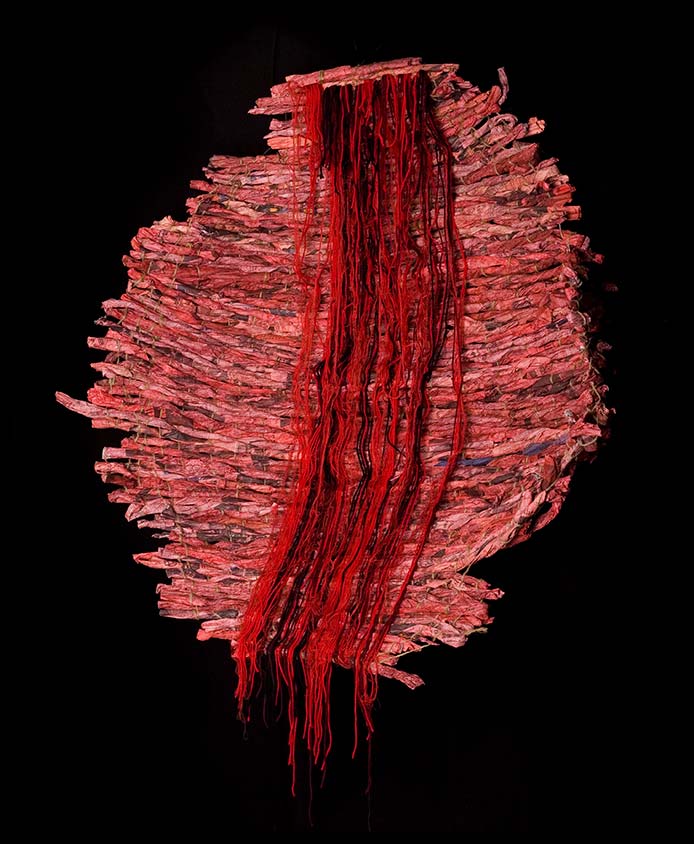
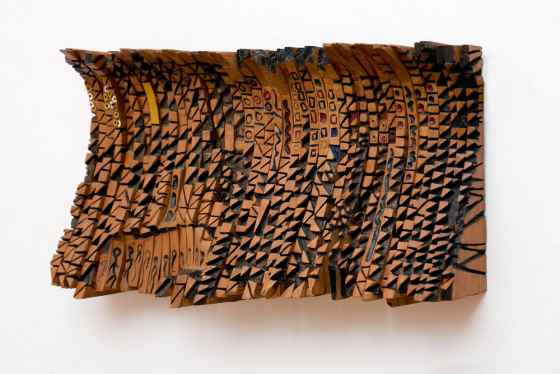
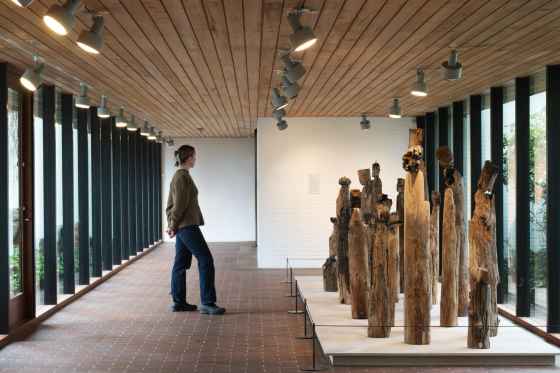
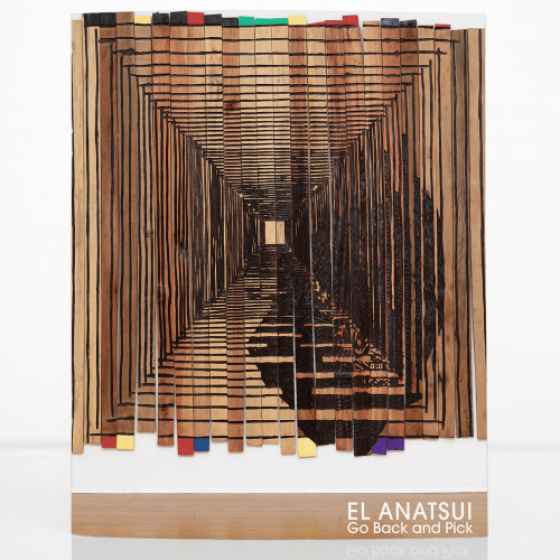
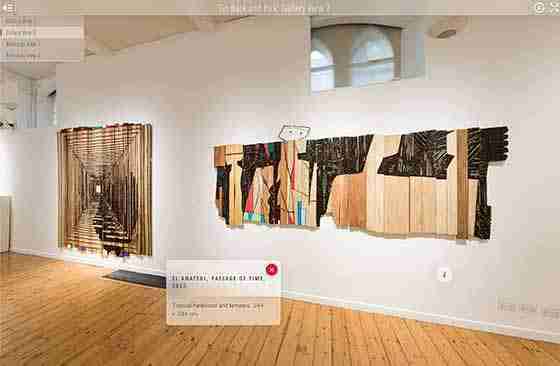
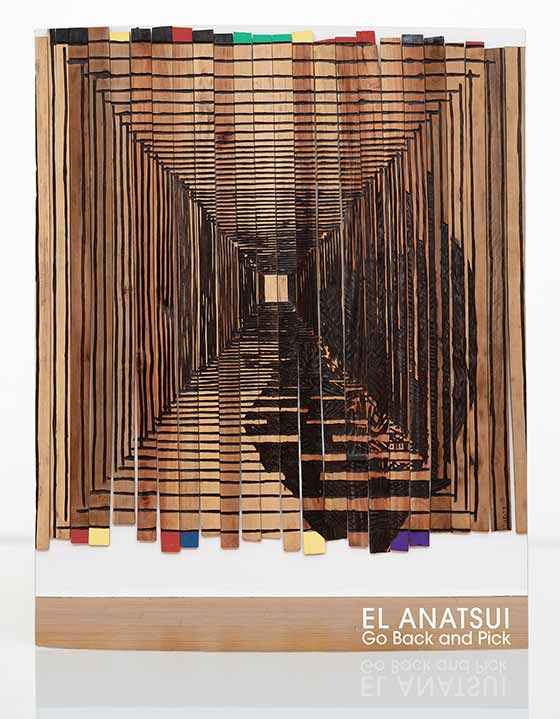
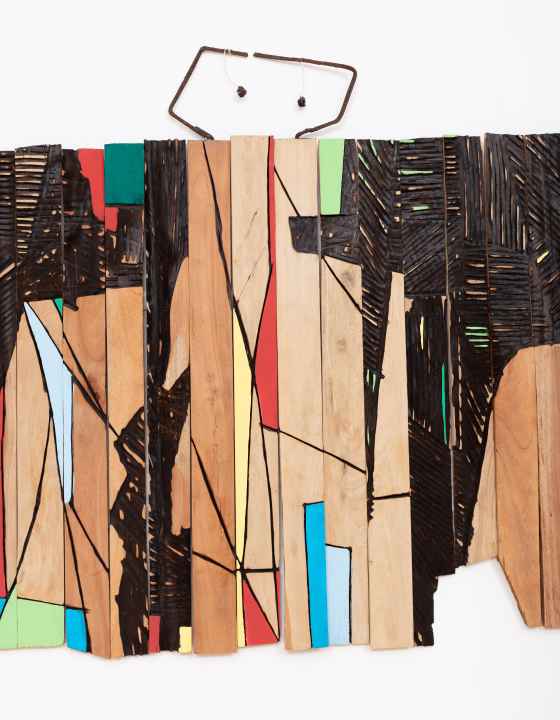
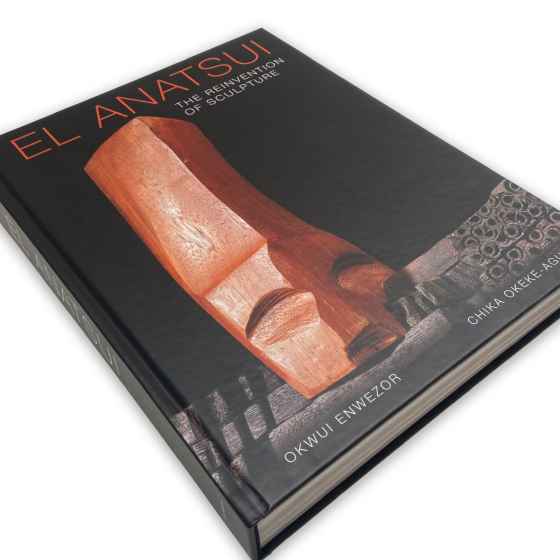







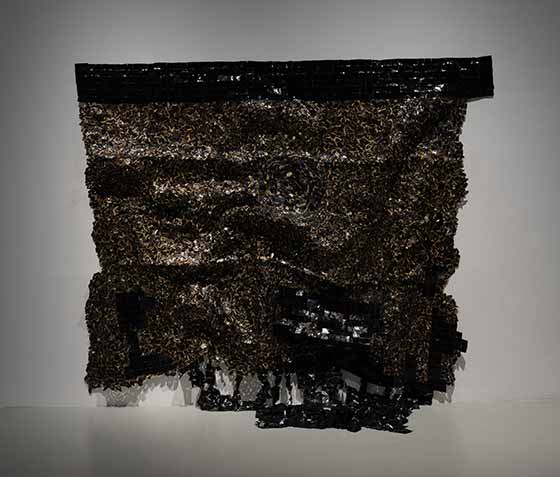
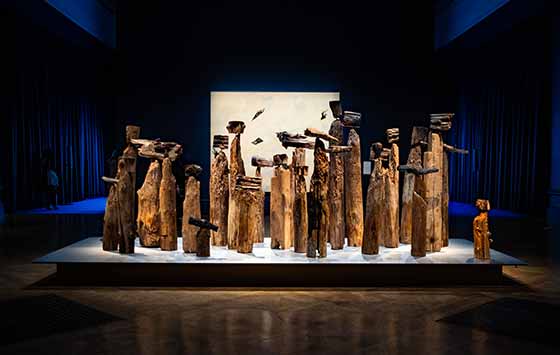
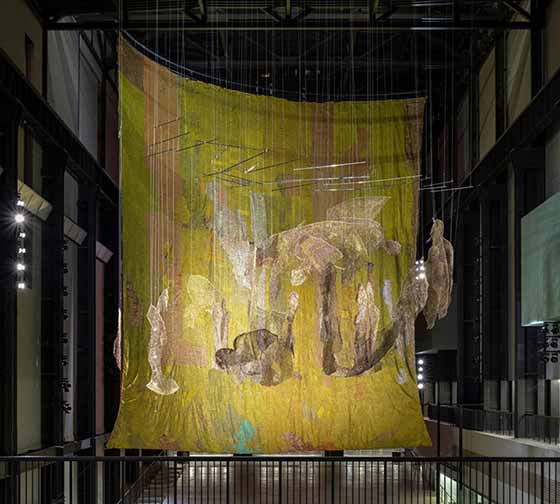
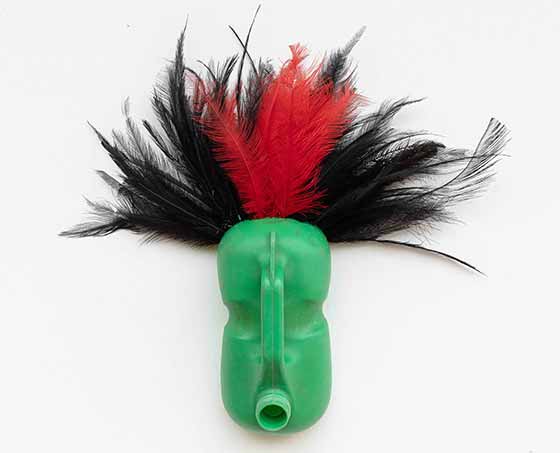
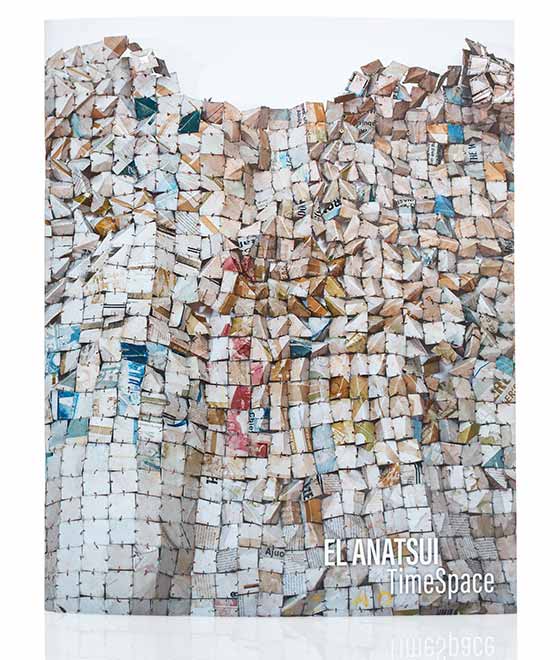
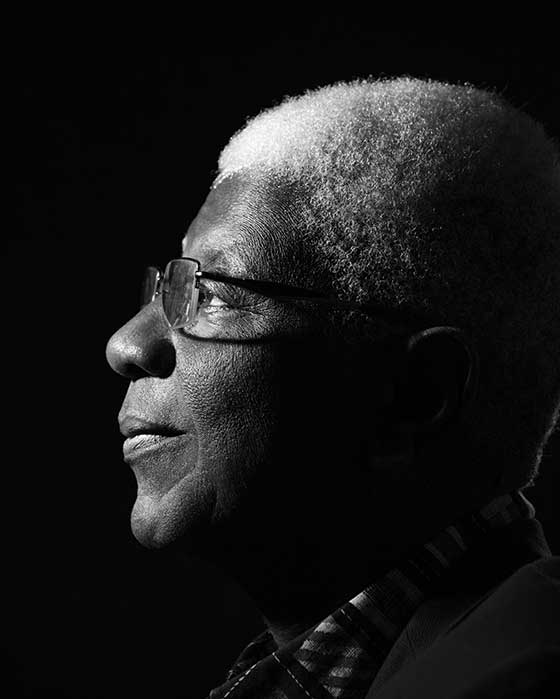
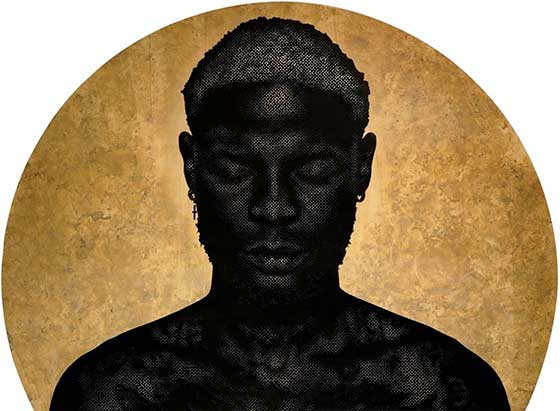
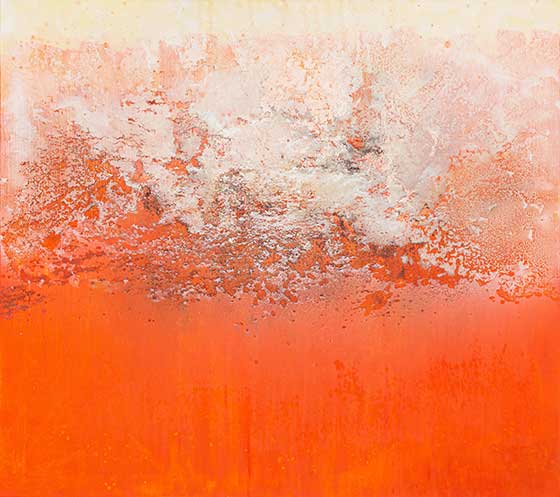
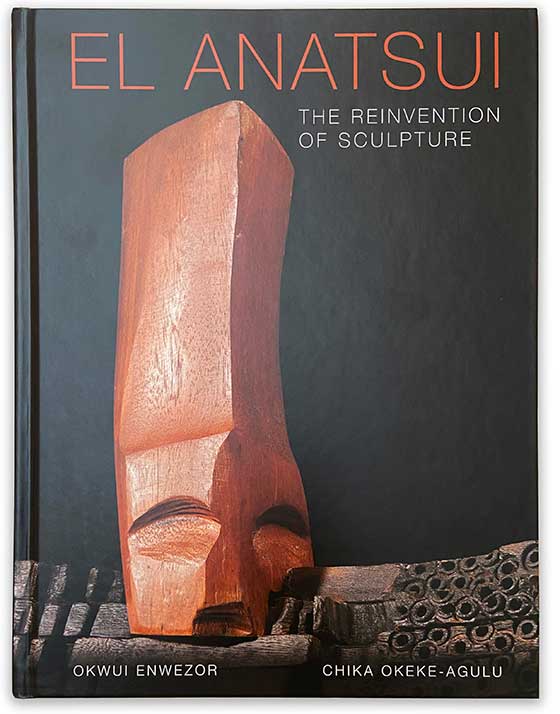
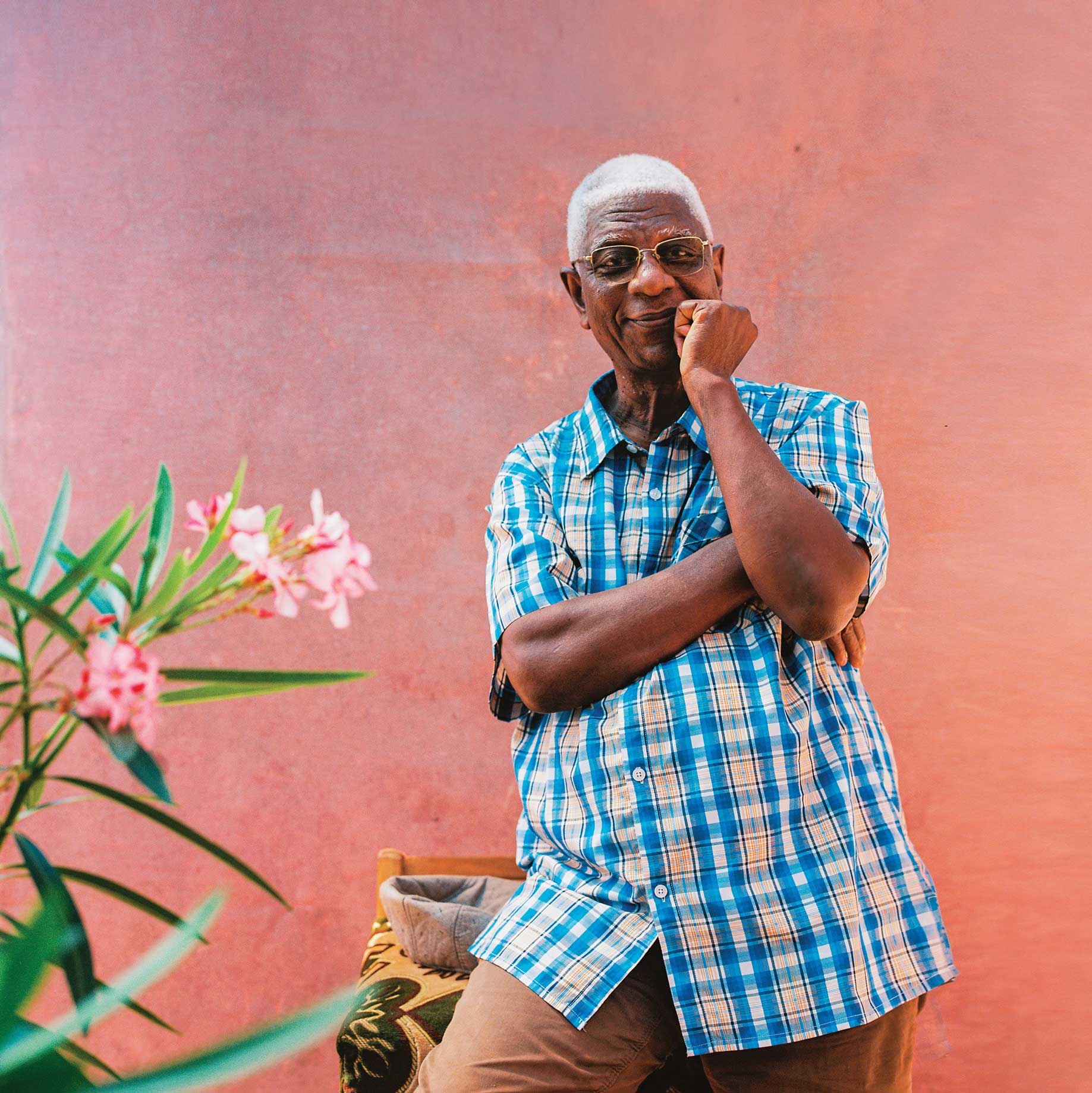
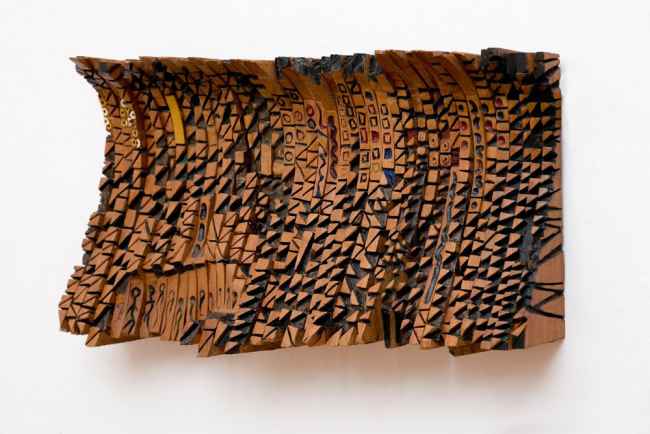



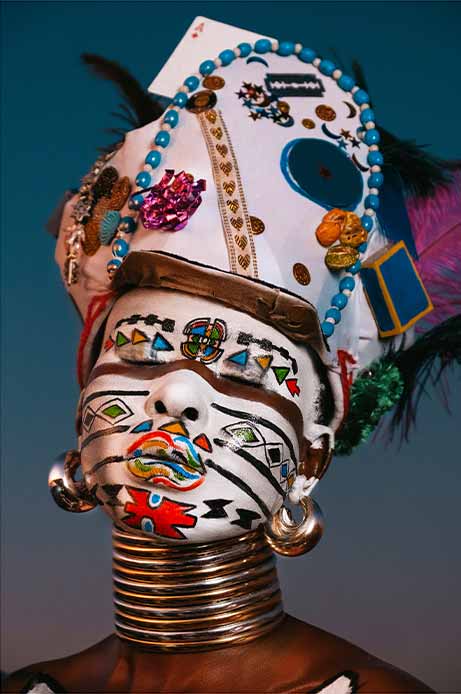
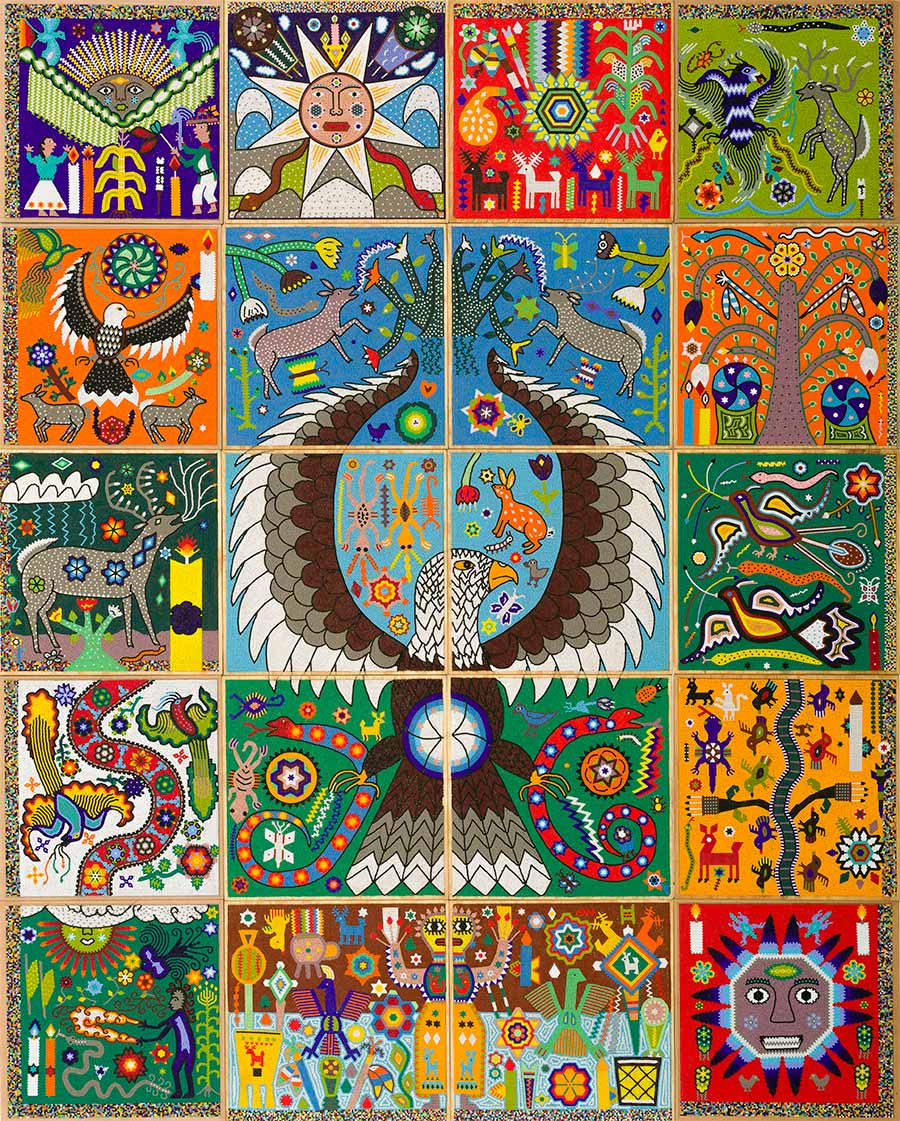








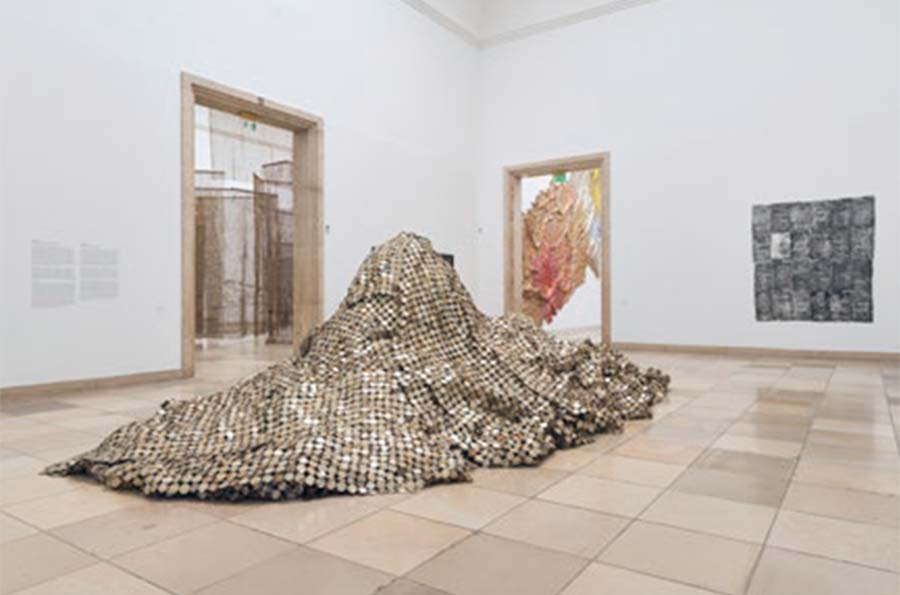
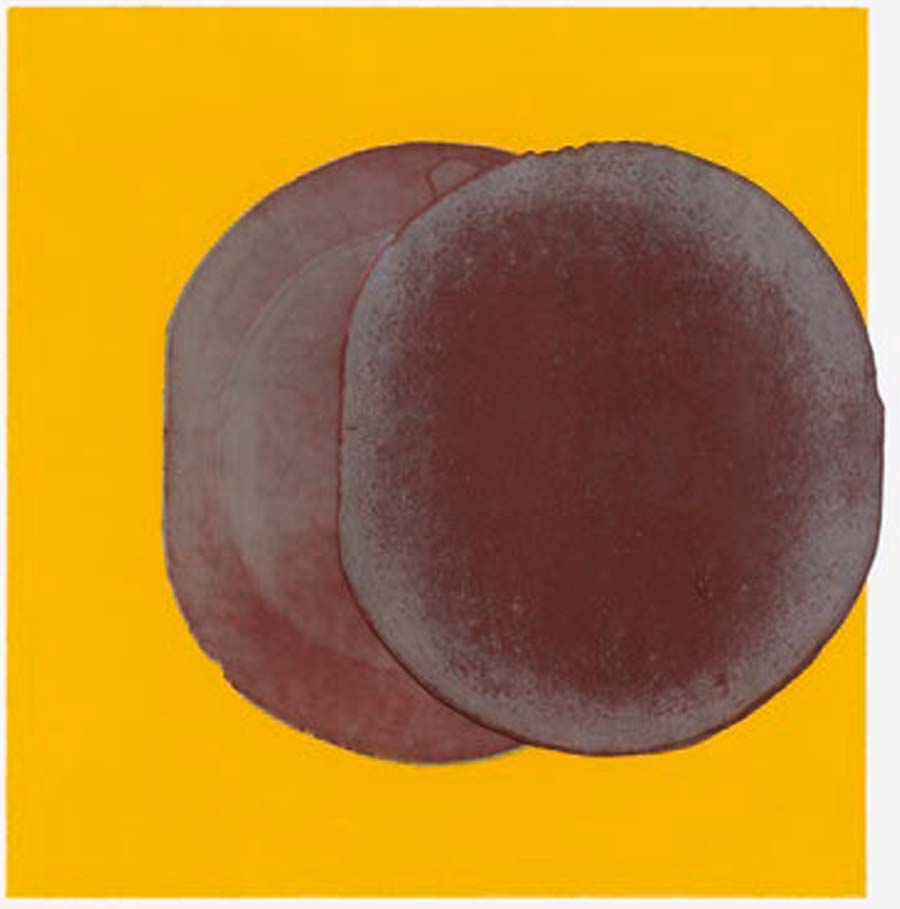
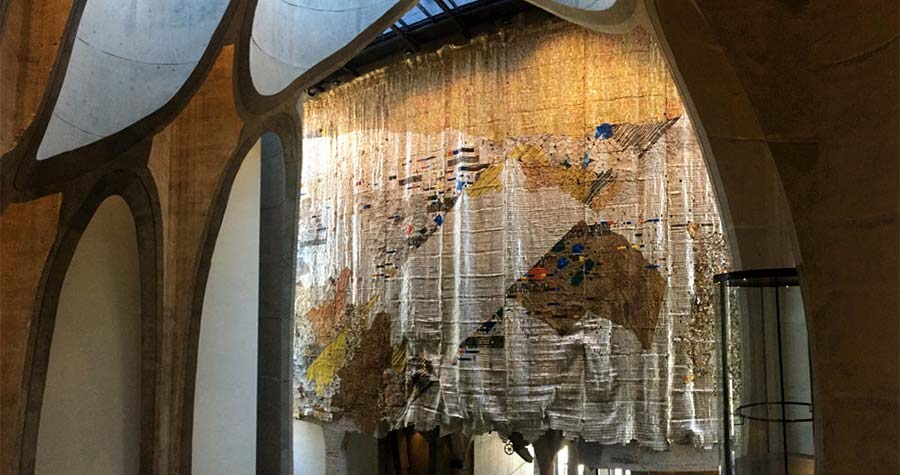
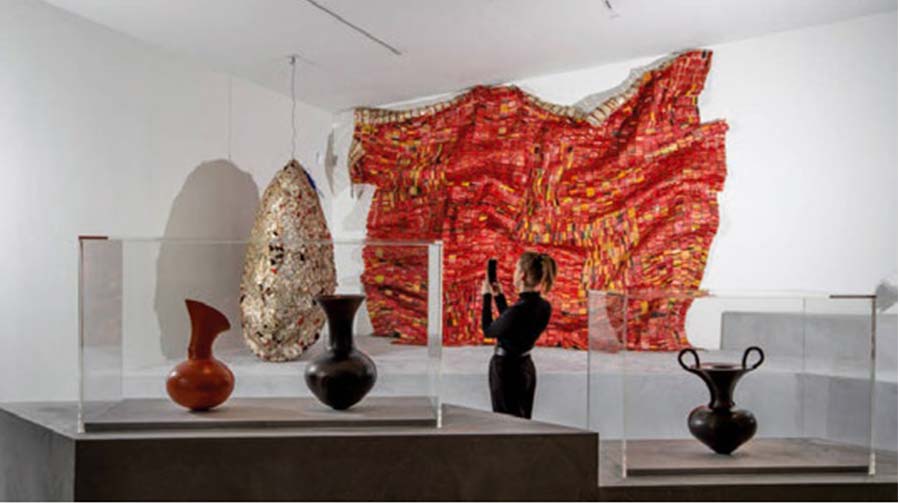
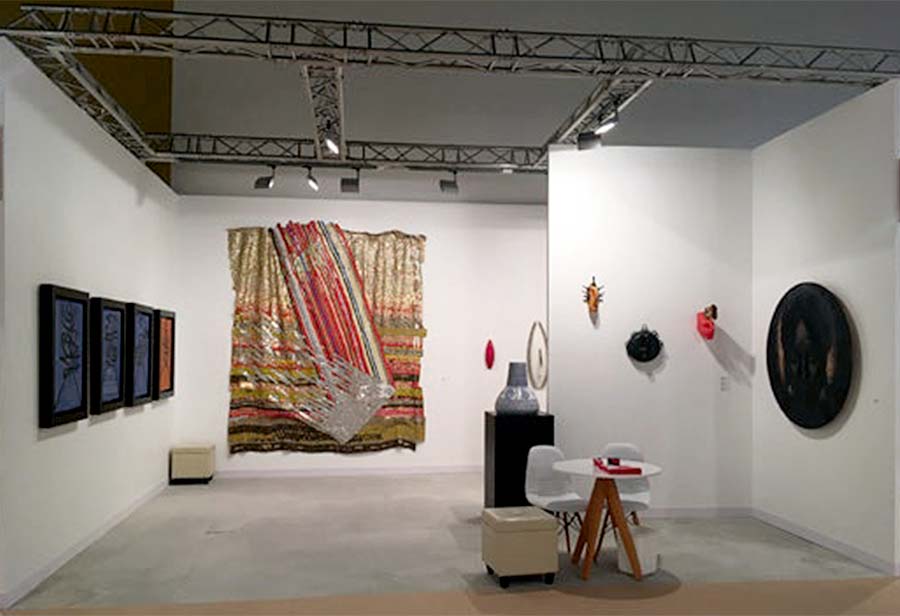
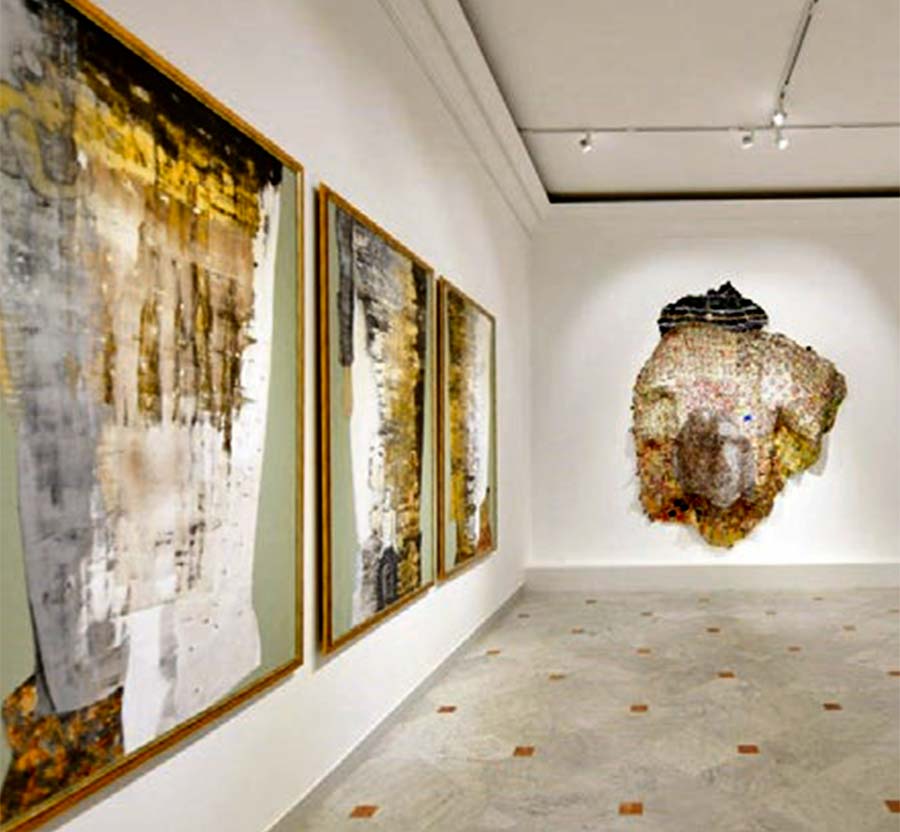
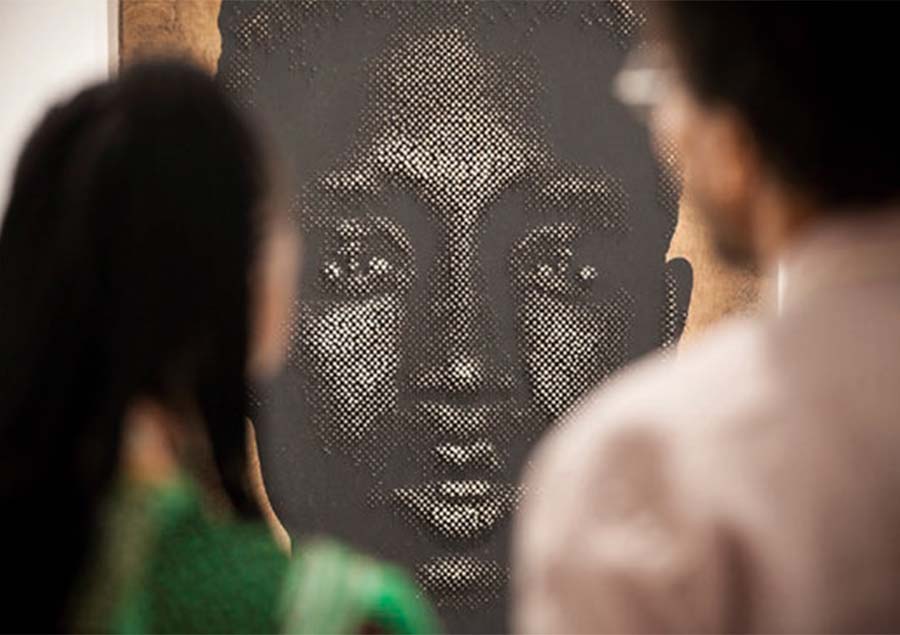
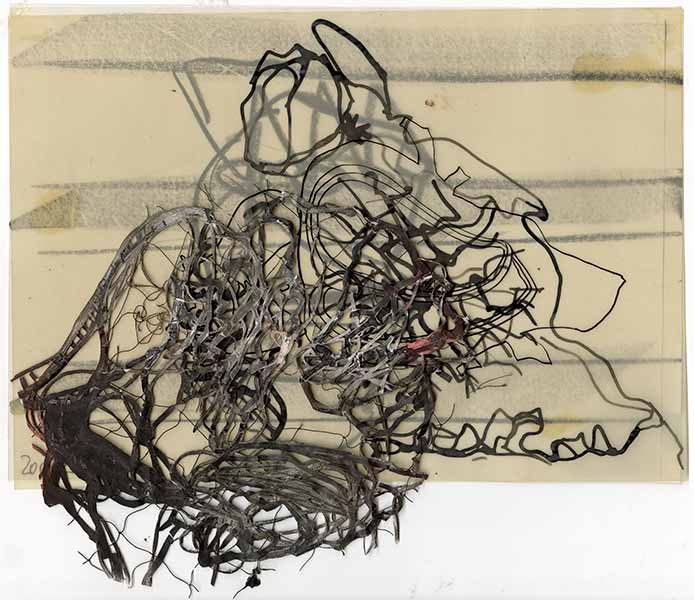
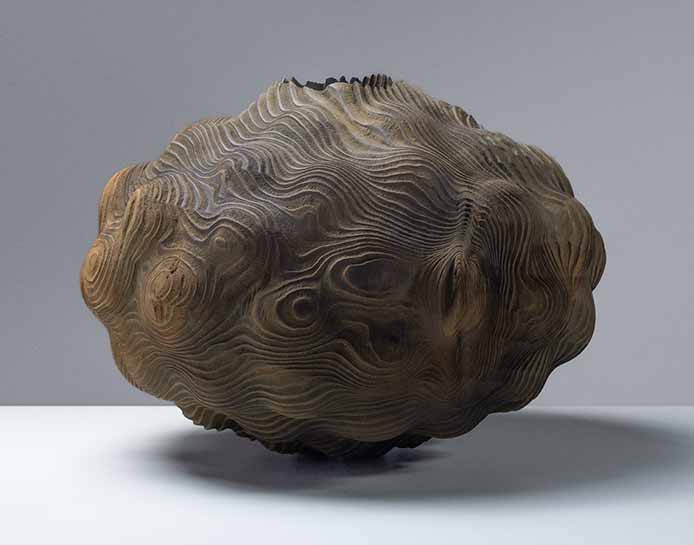




.jpg)
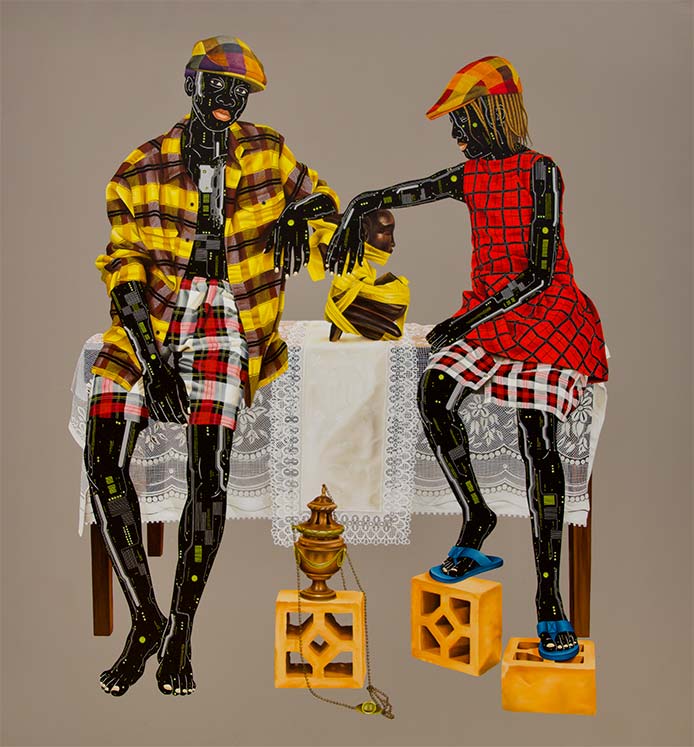
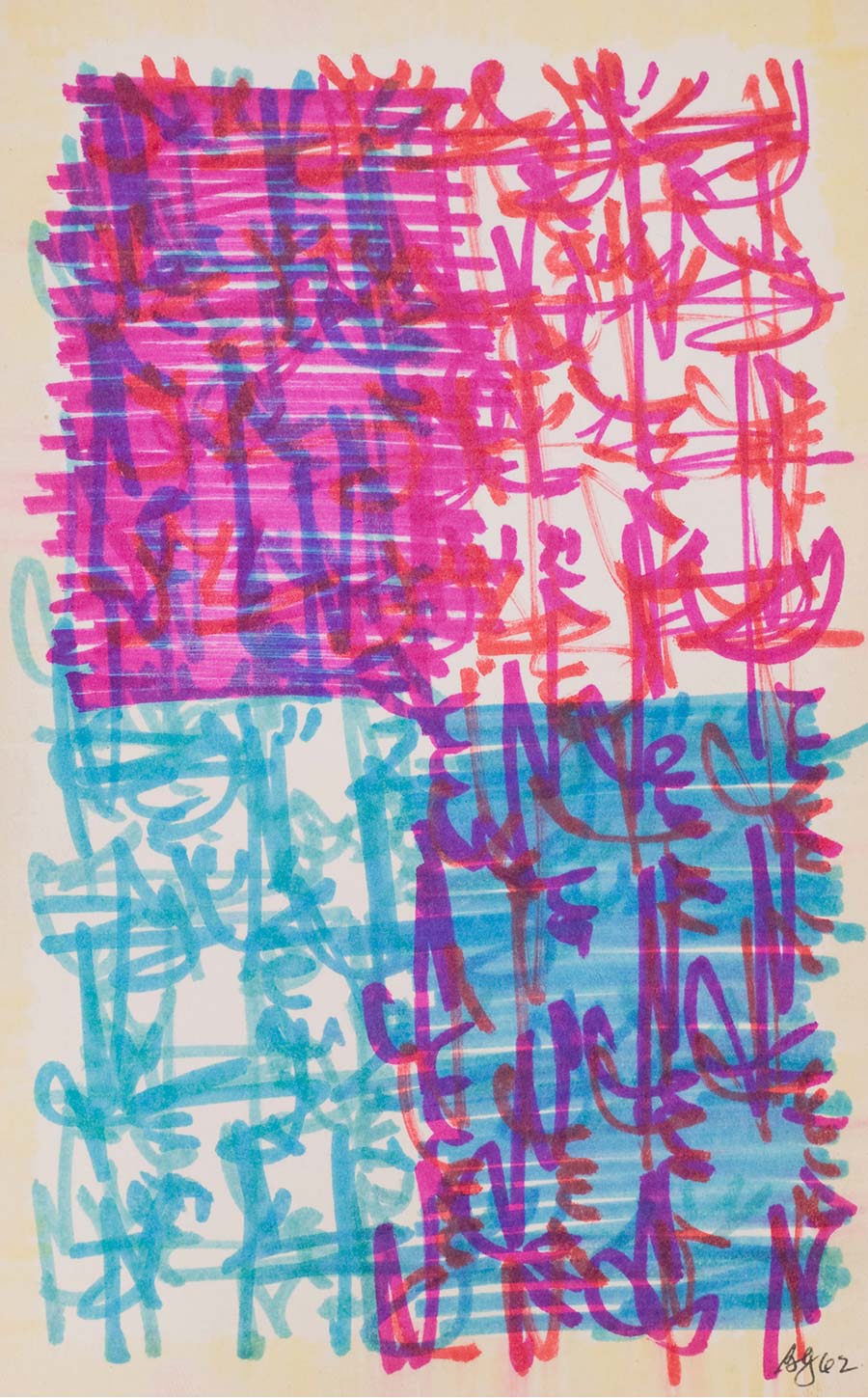
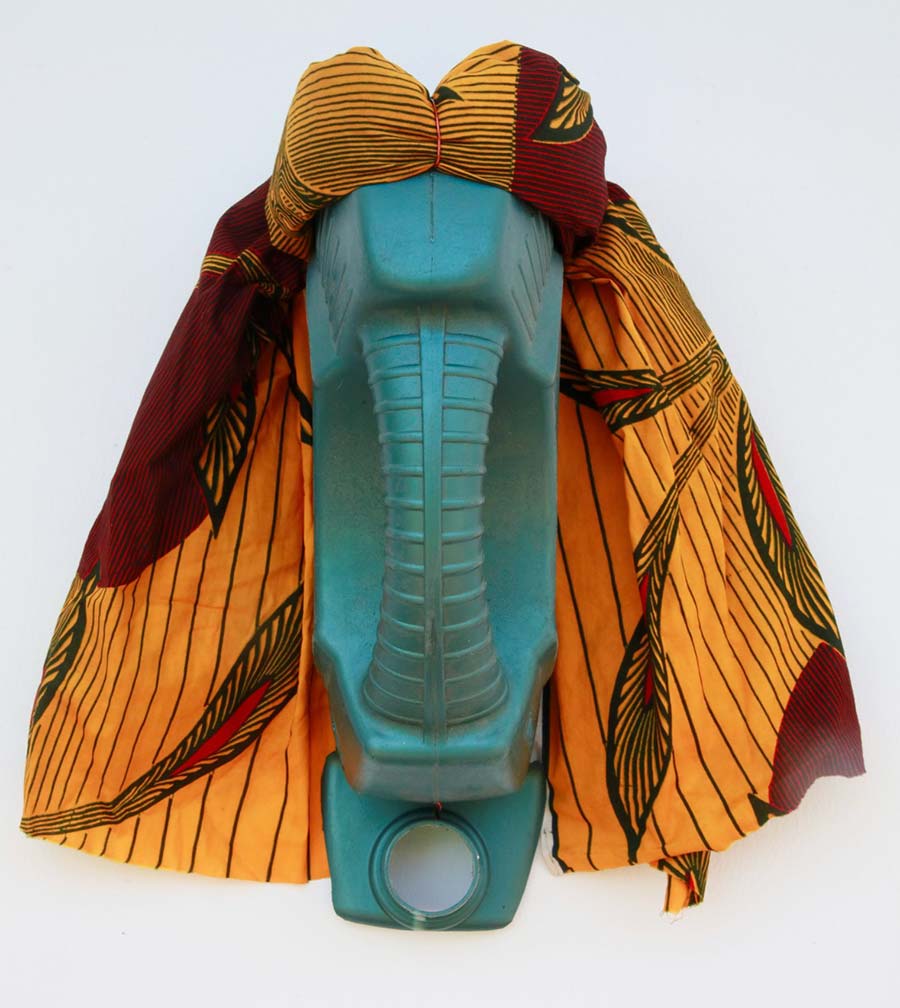


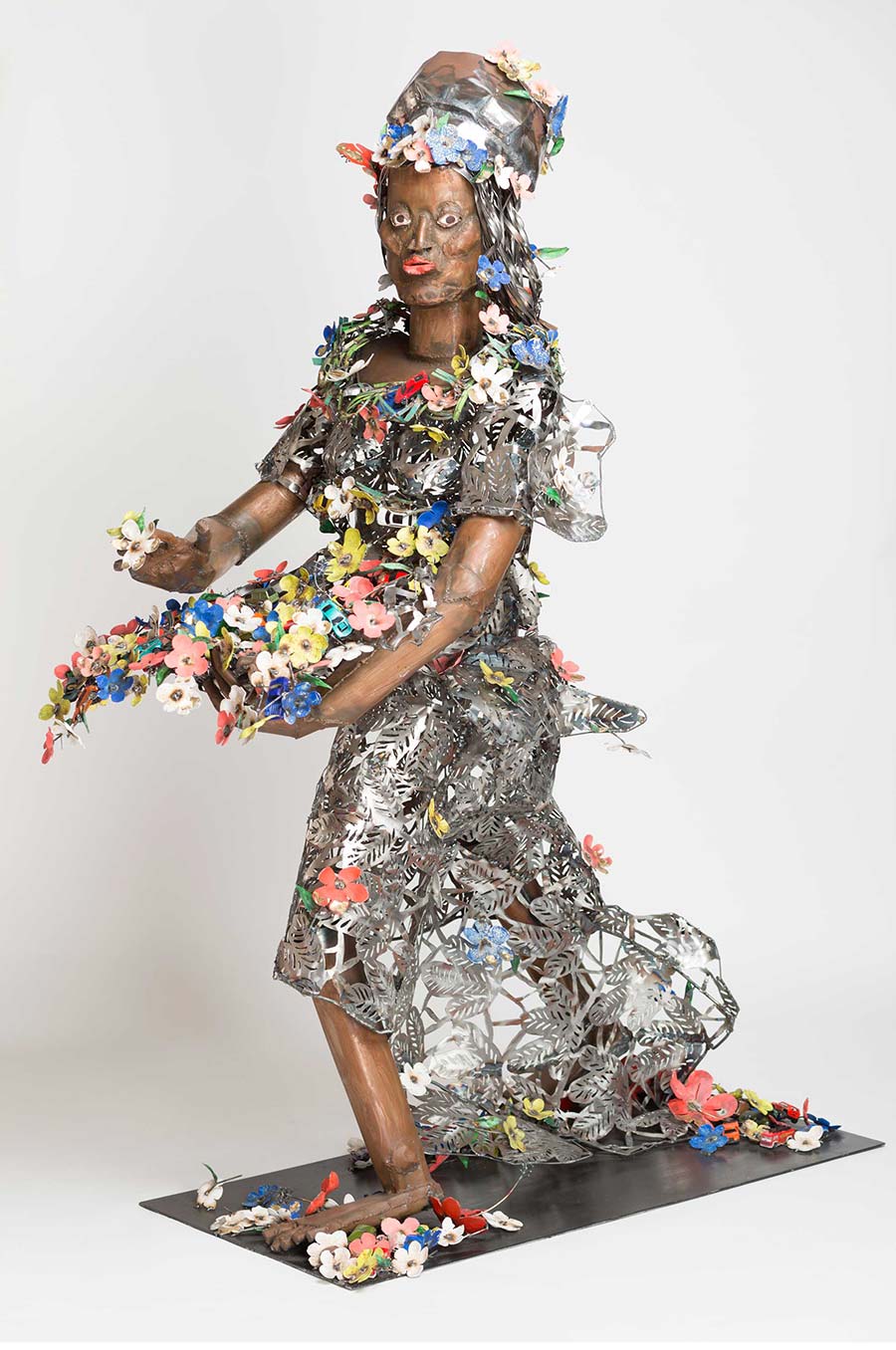
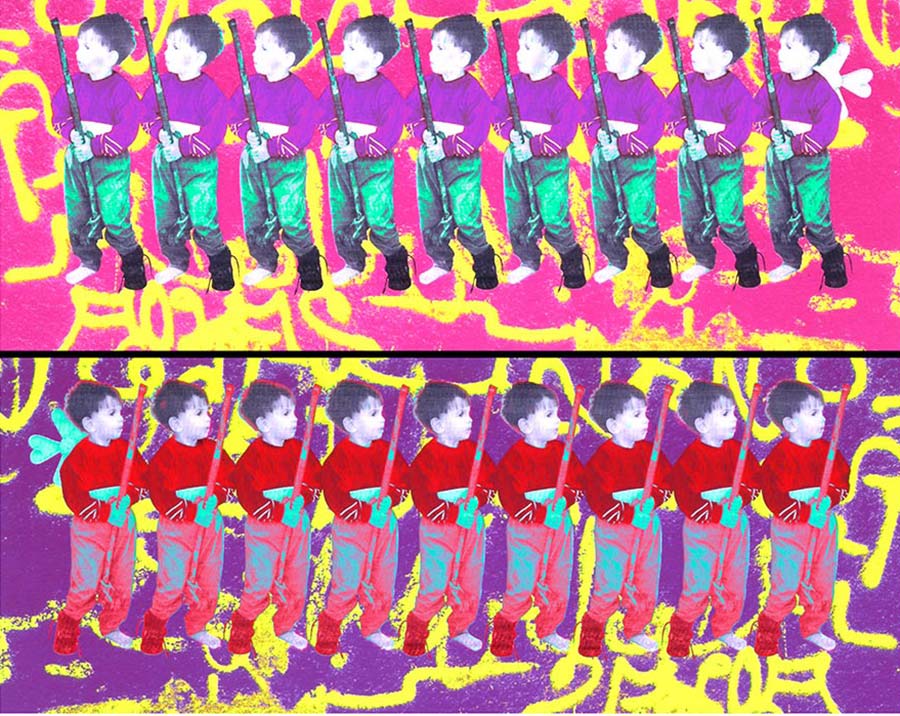
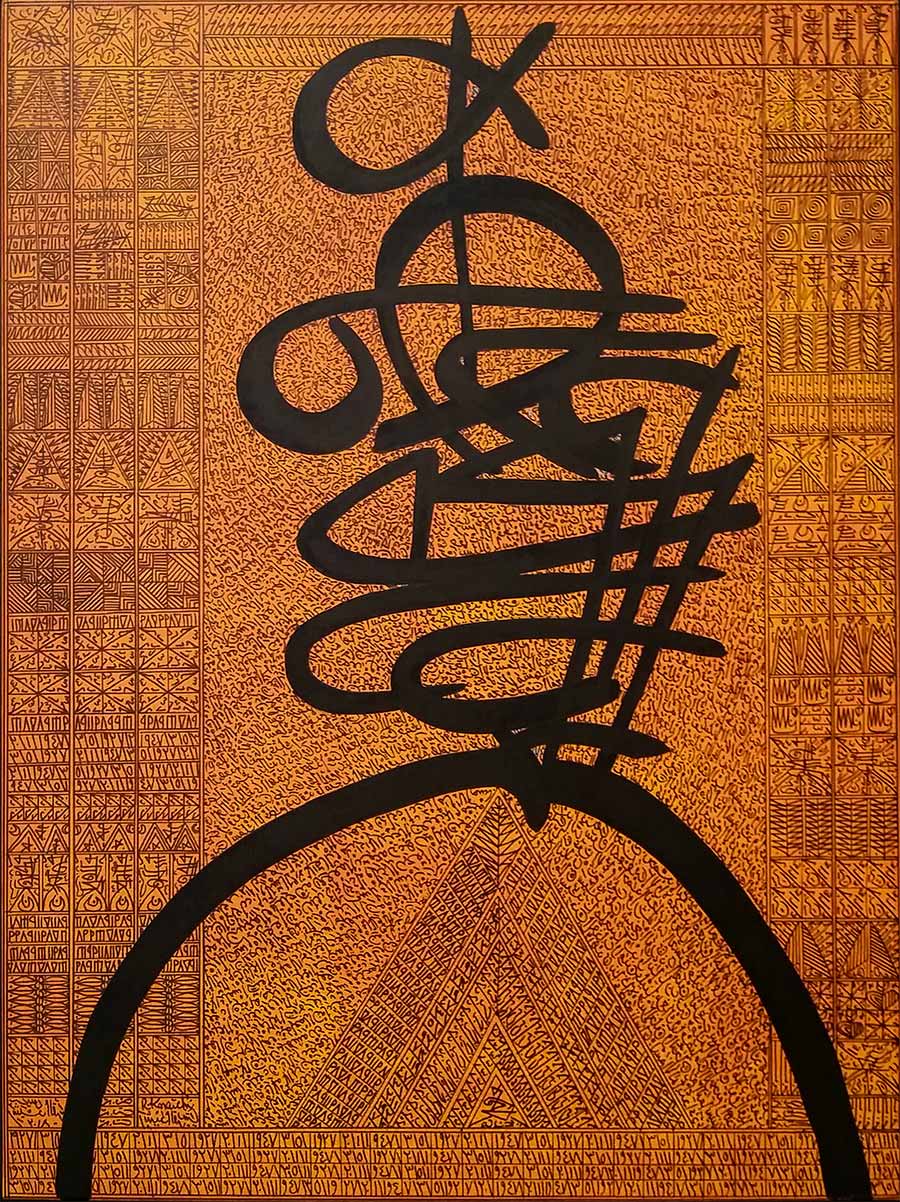
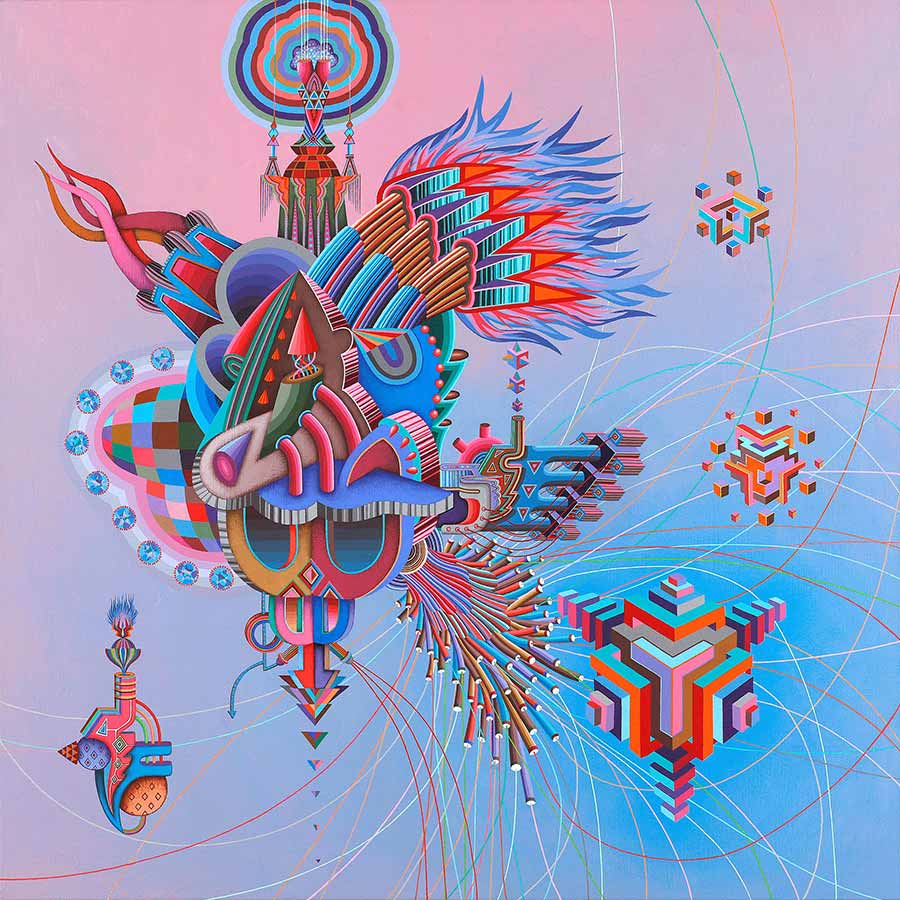
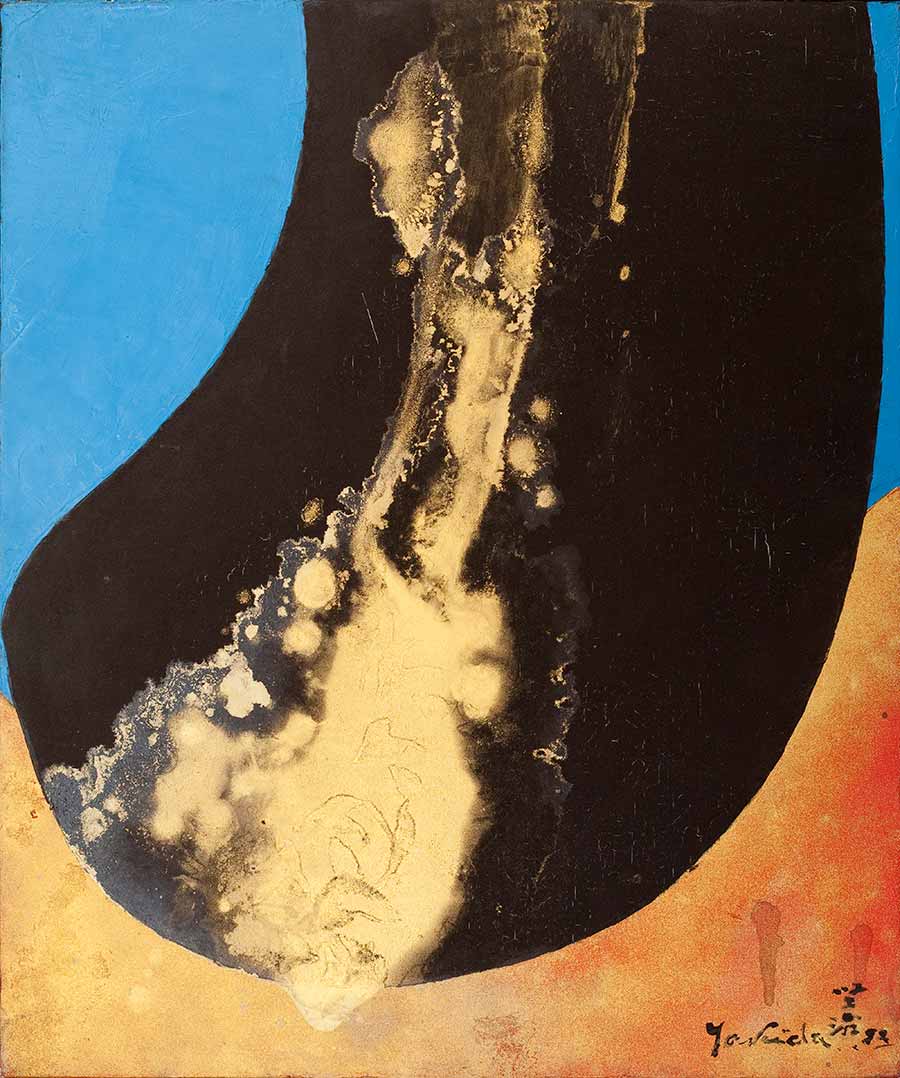
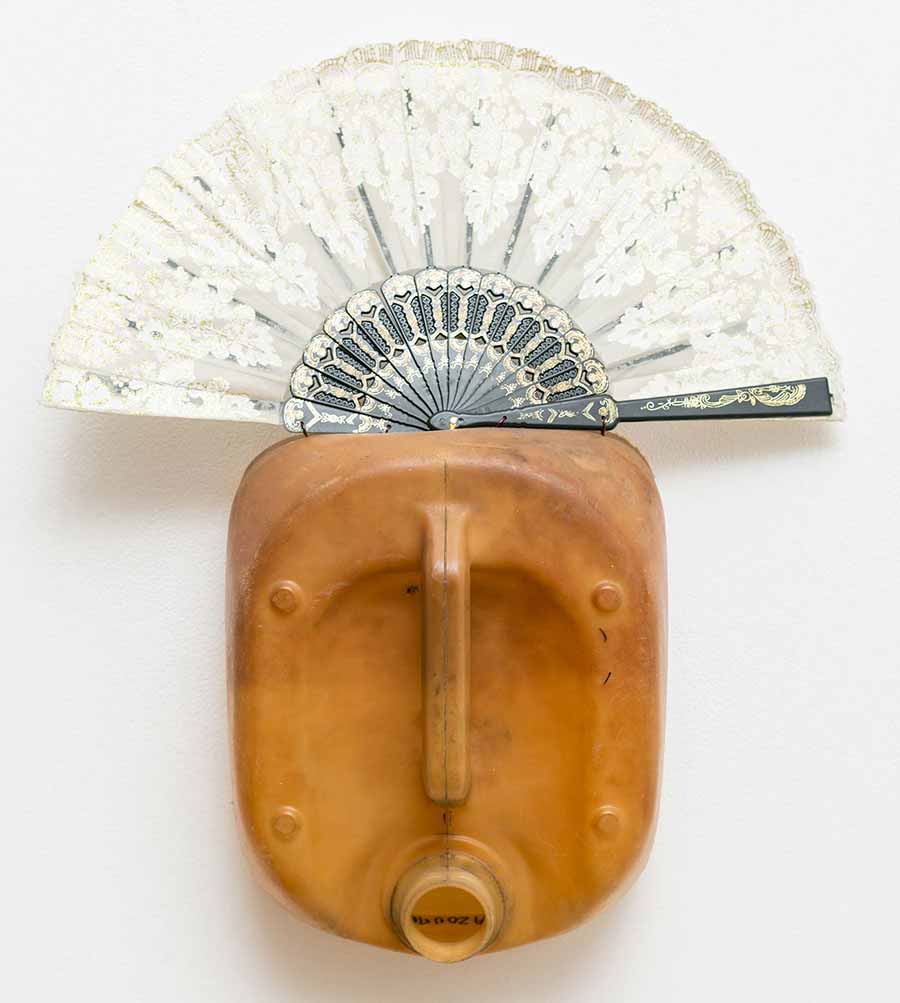
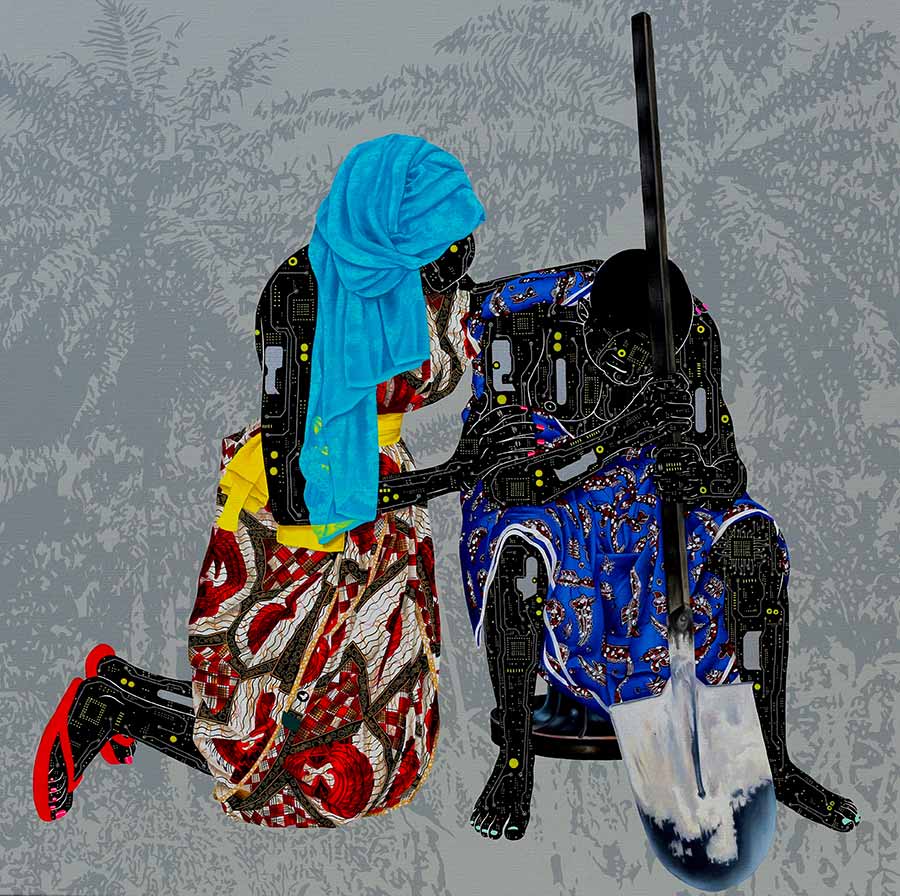
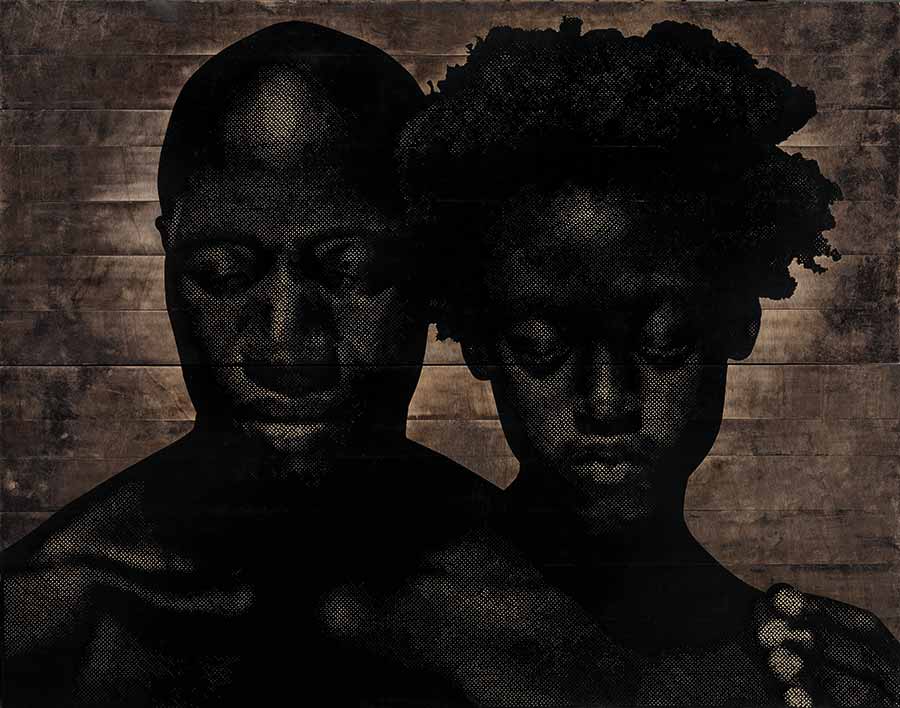
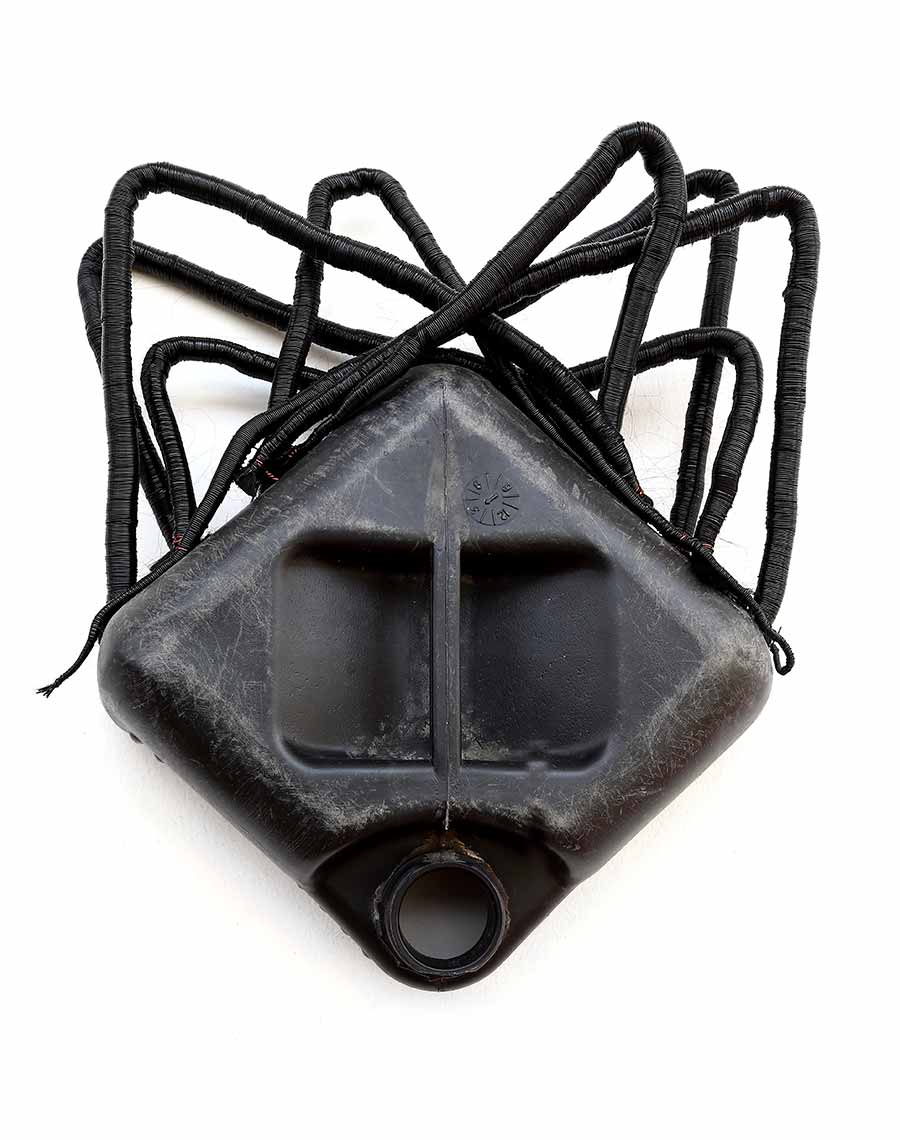
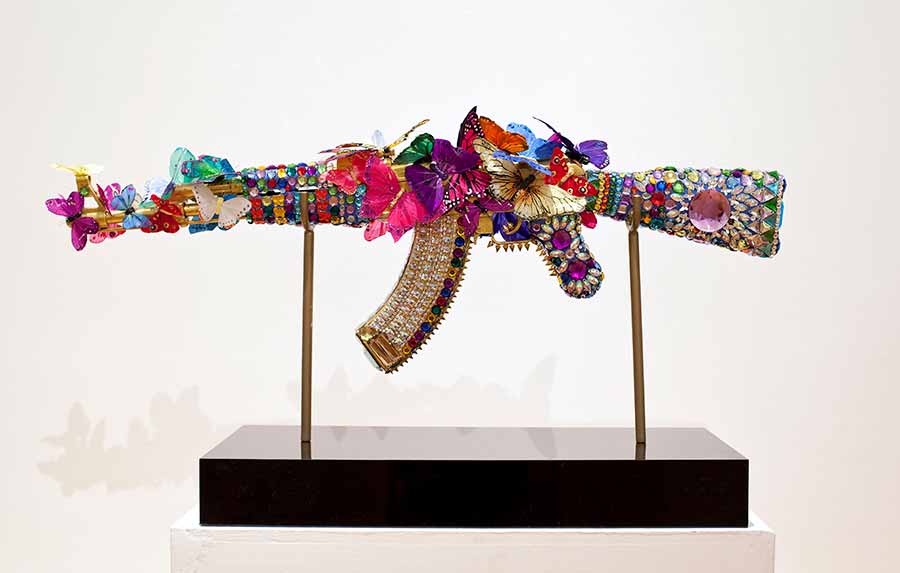
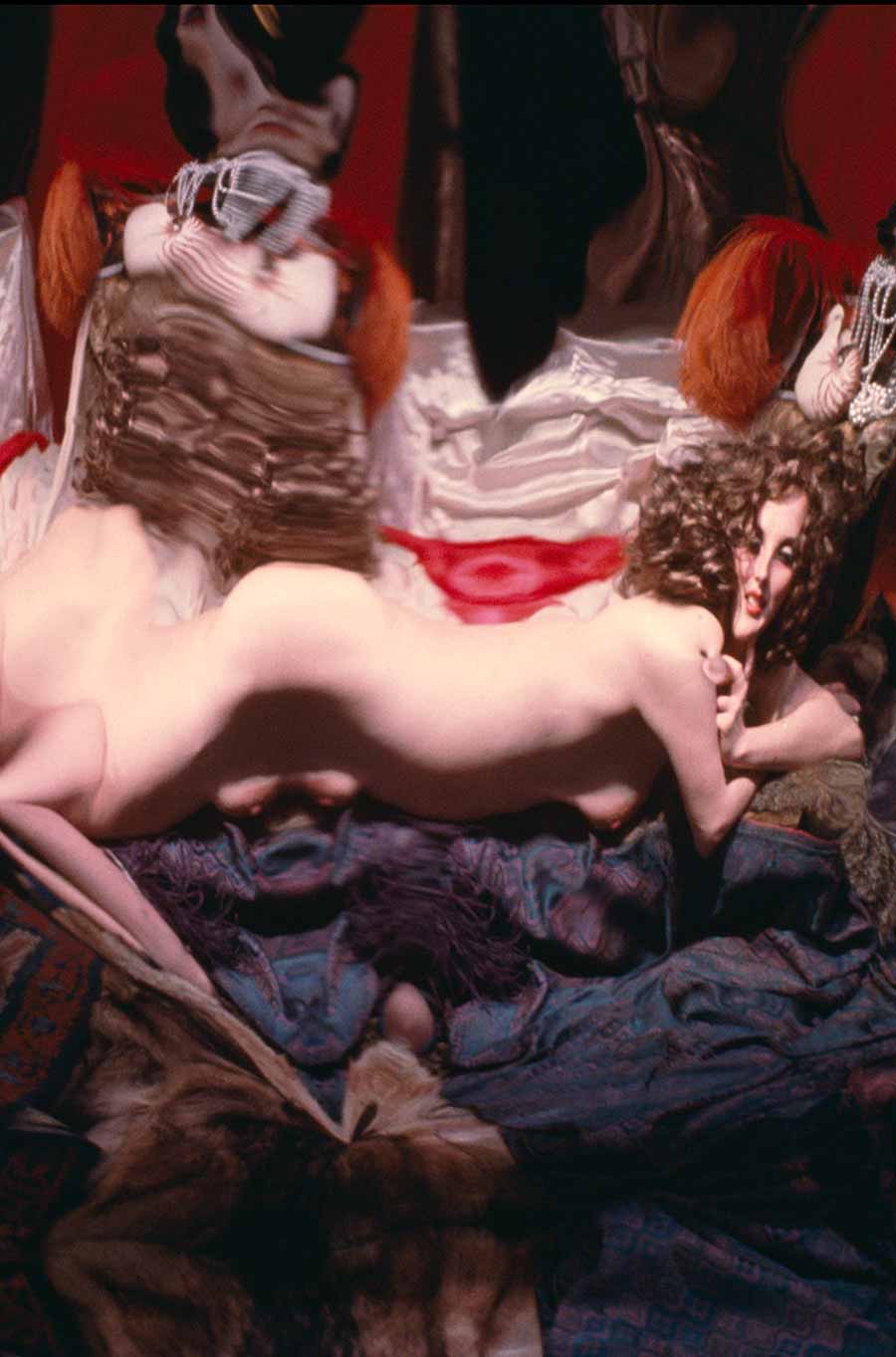
.jpg)
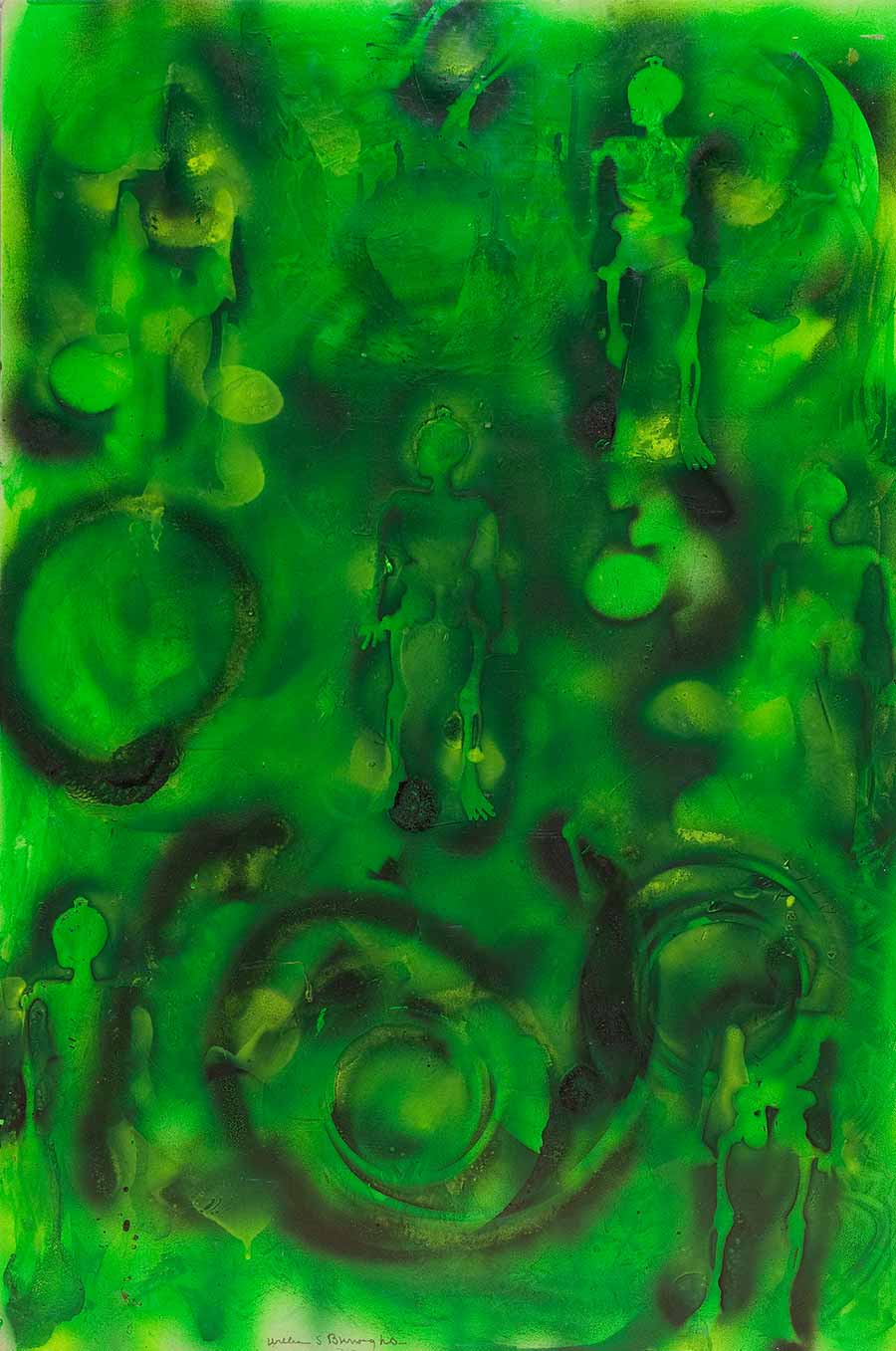
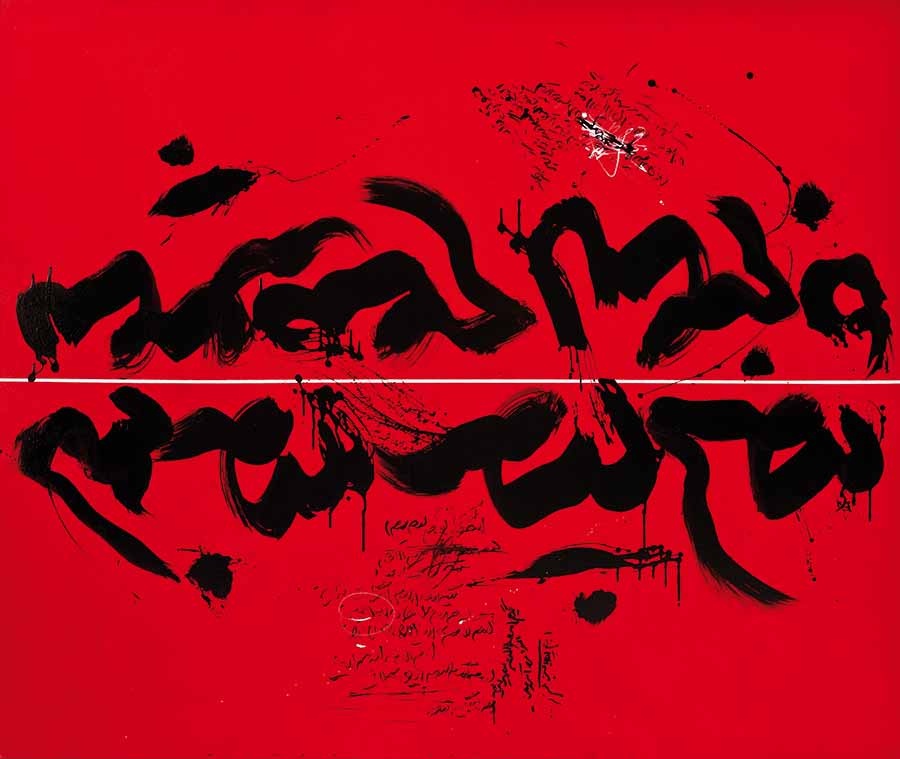
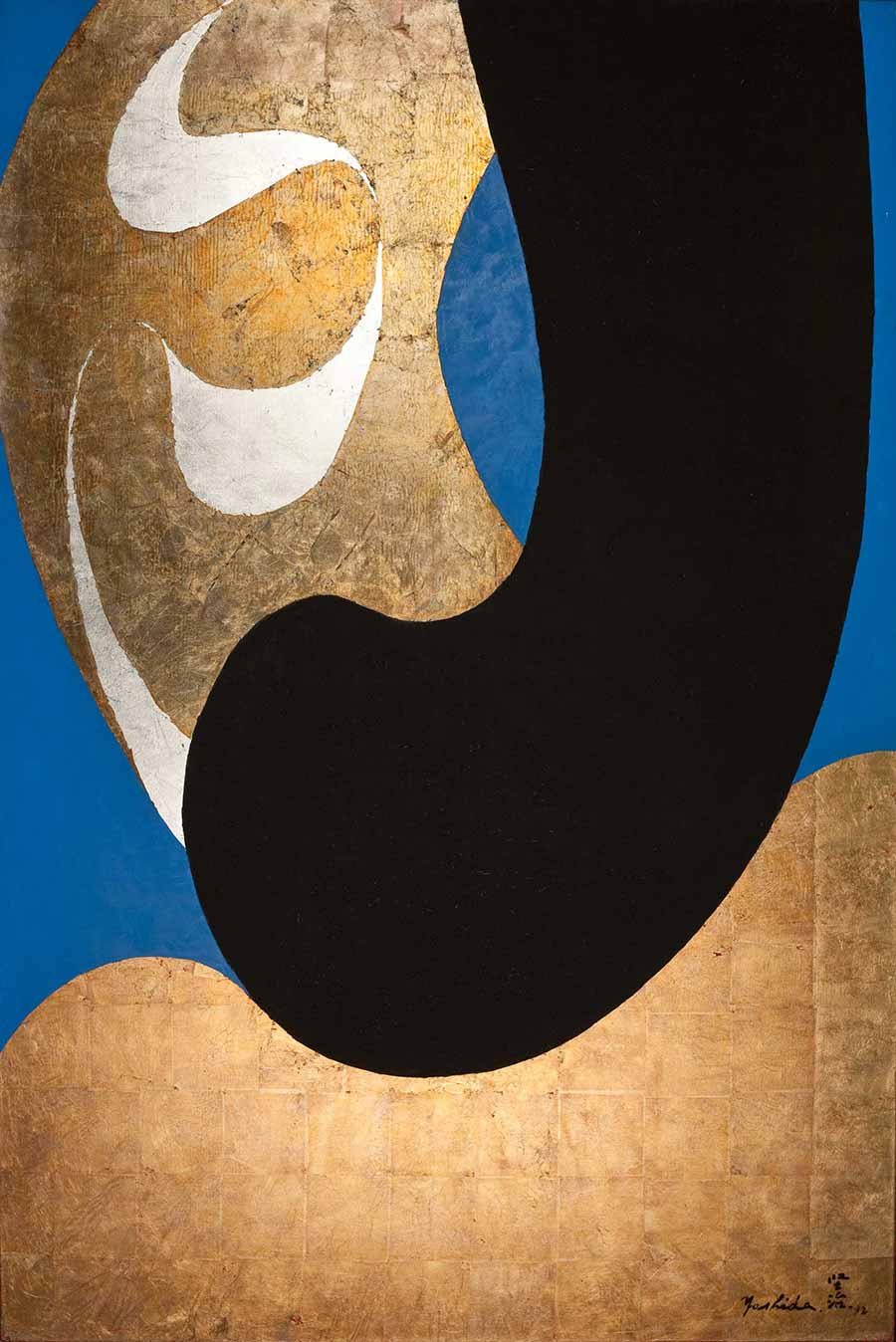
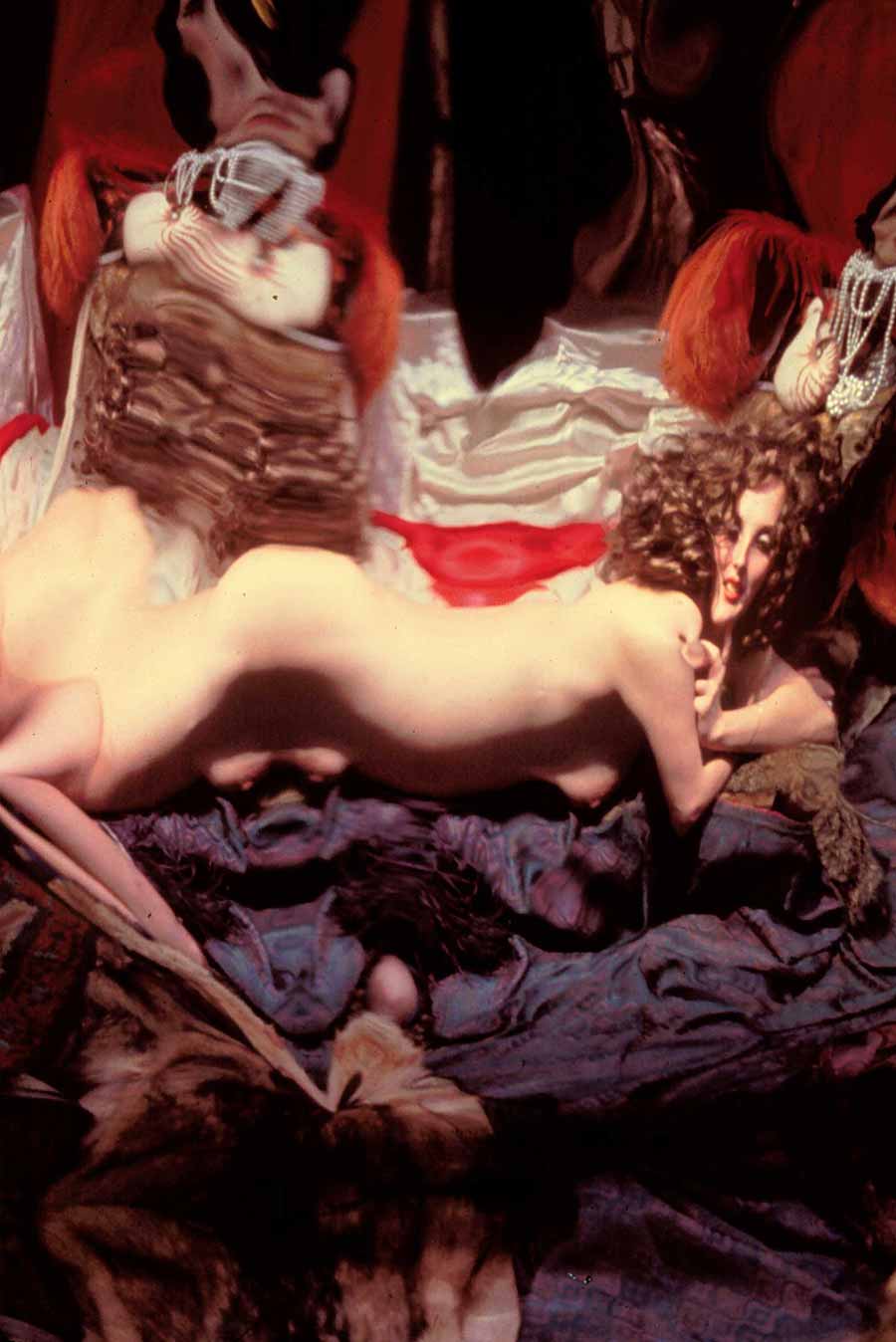
.jpg)
